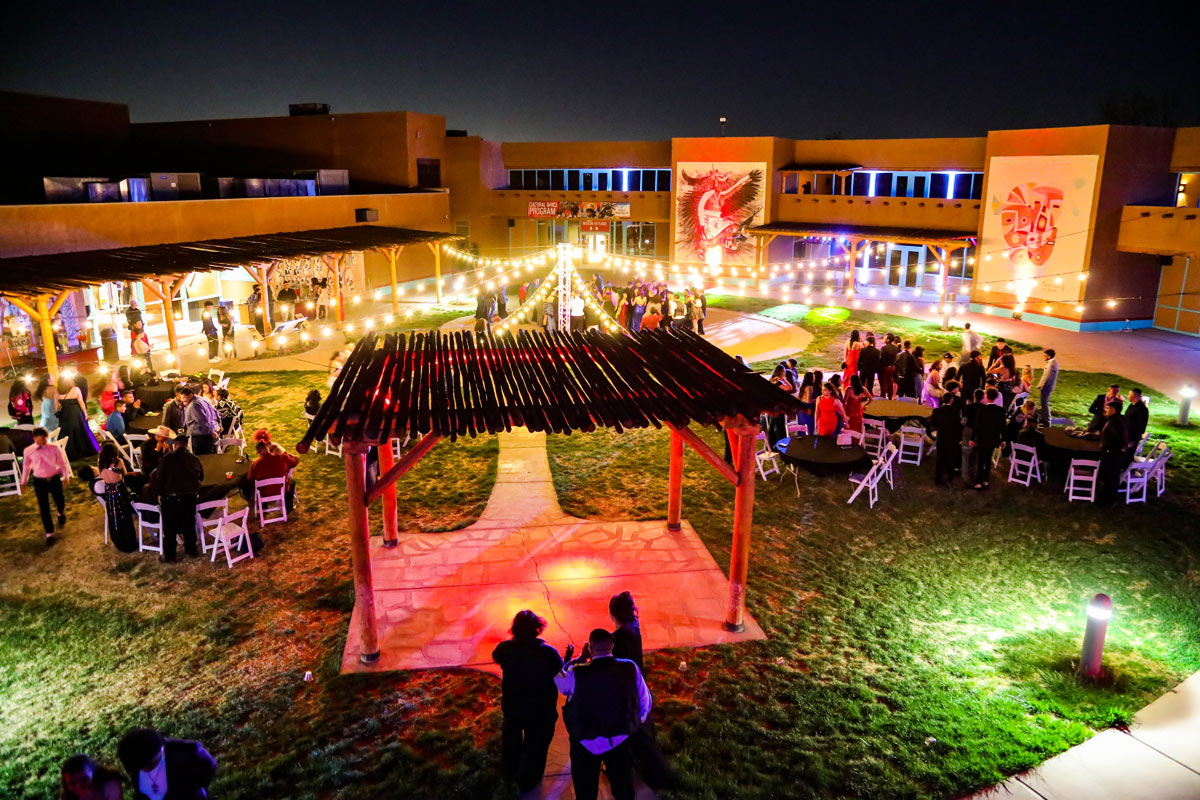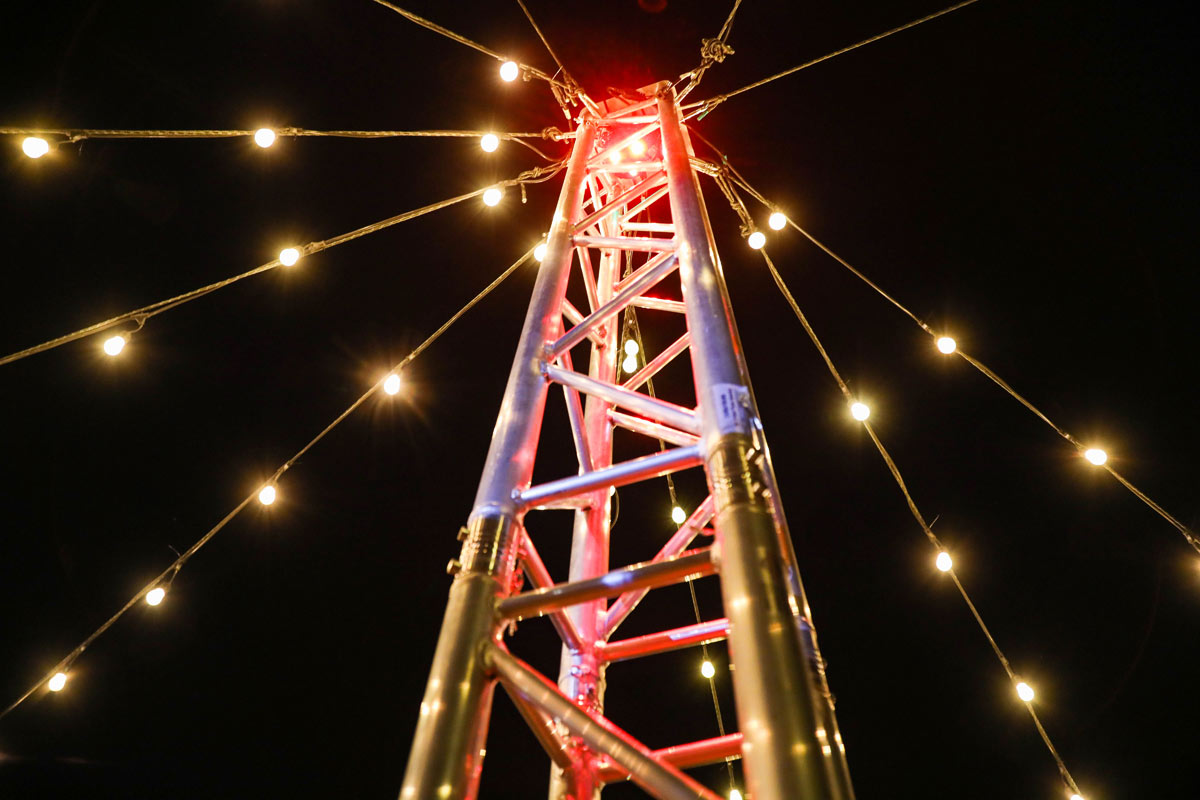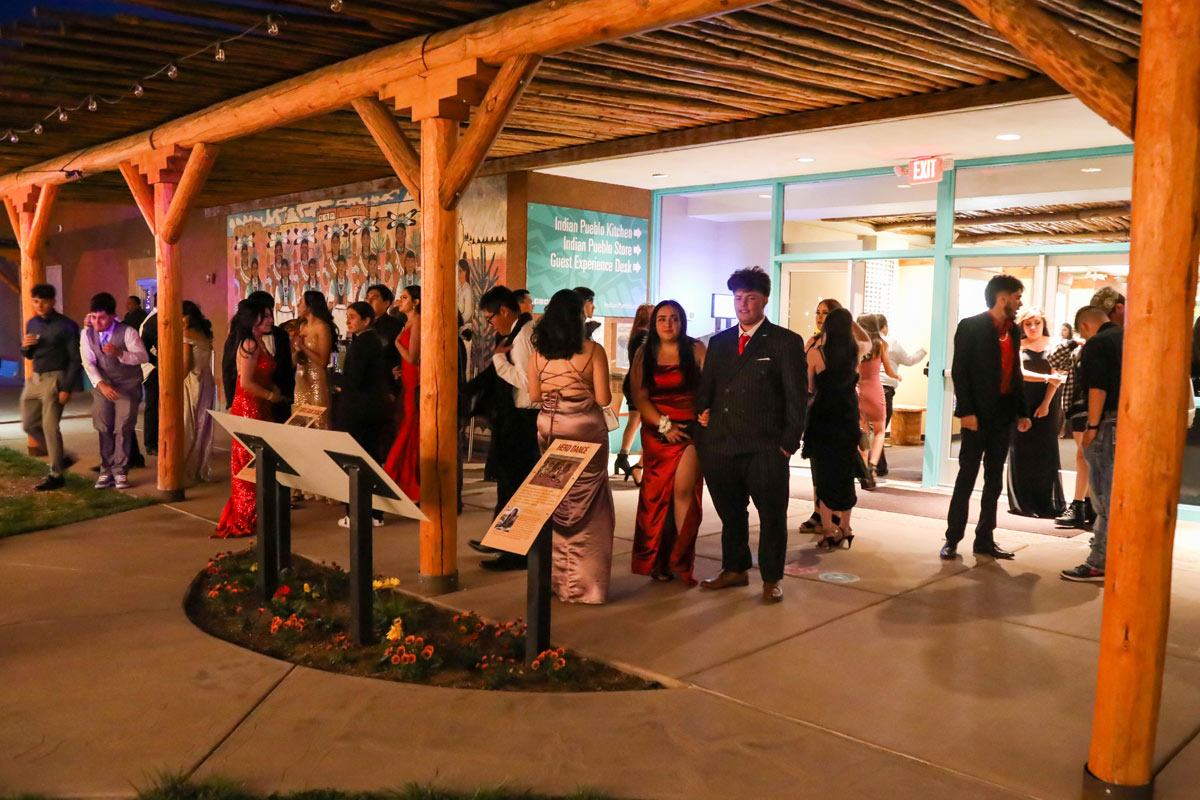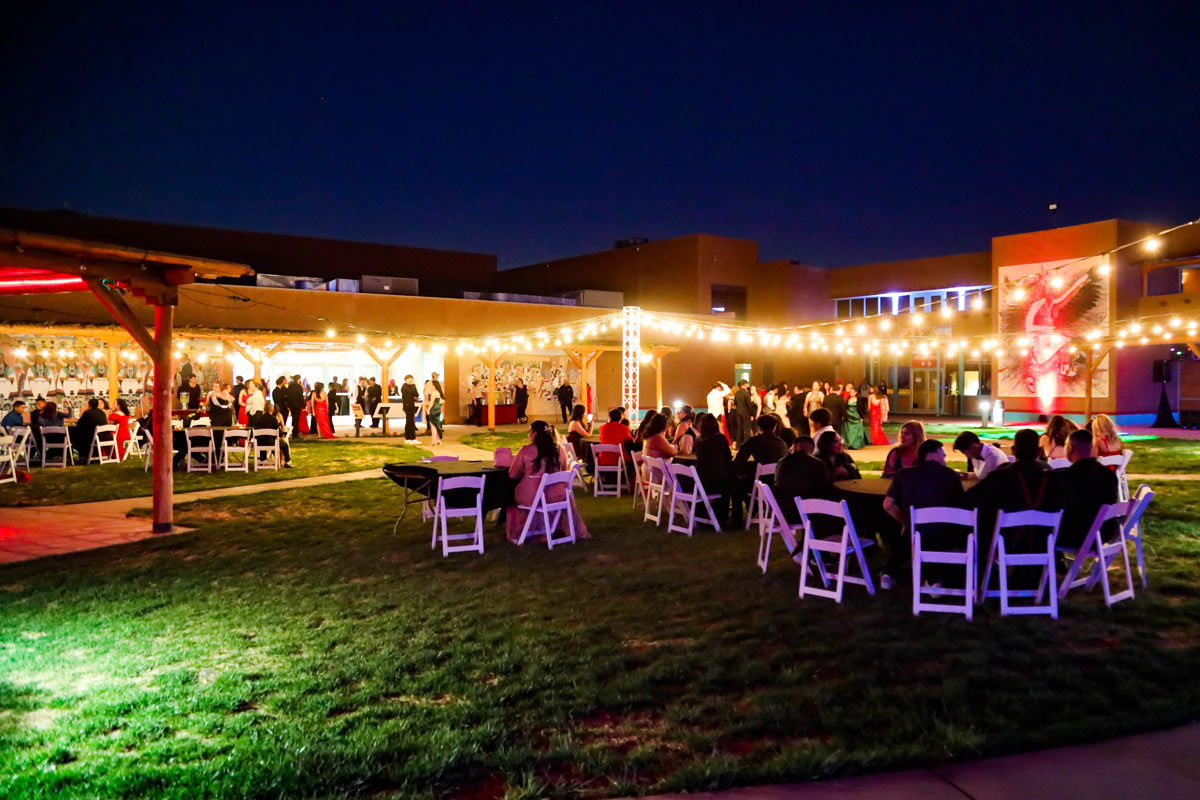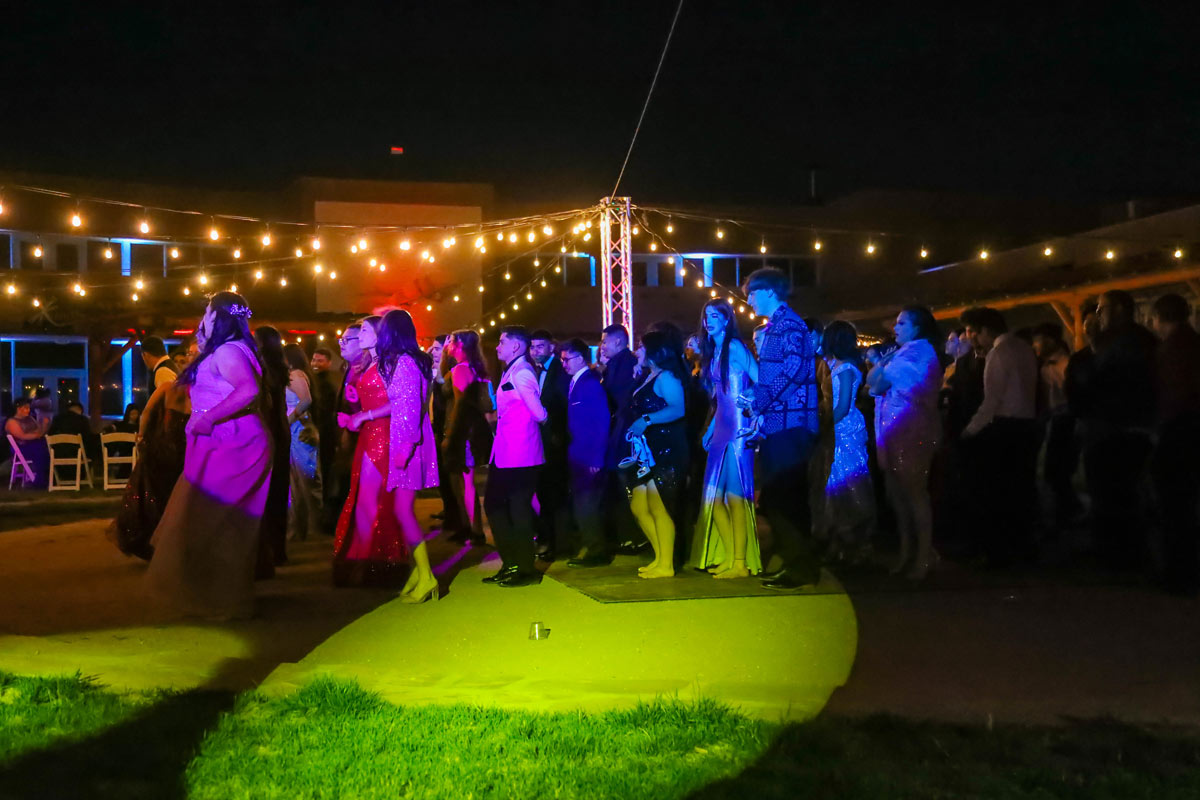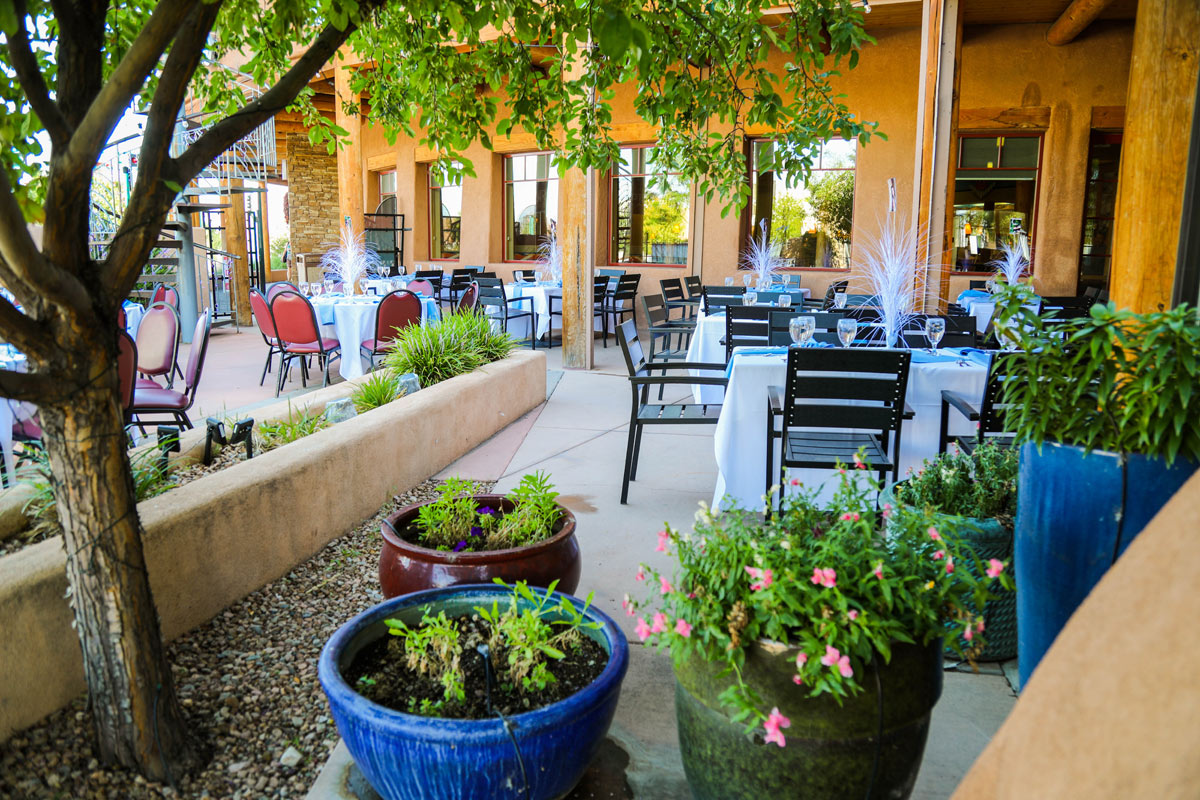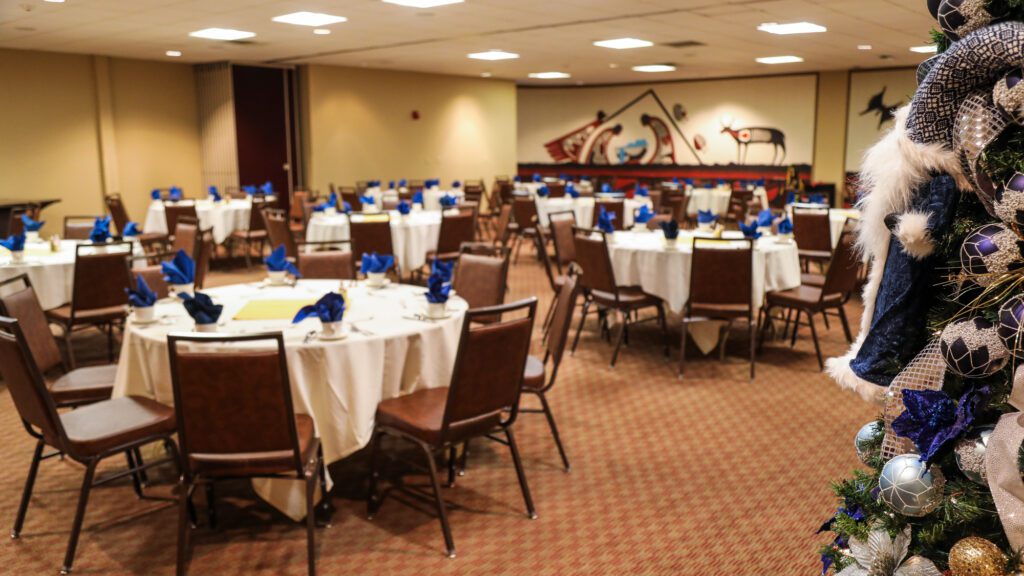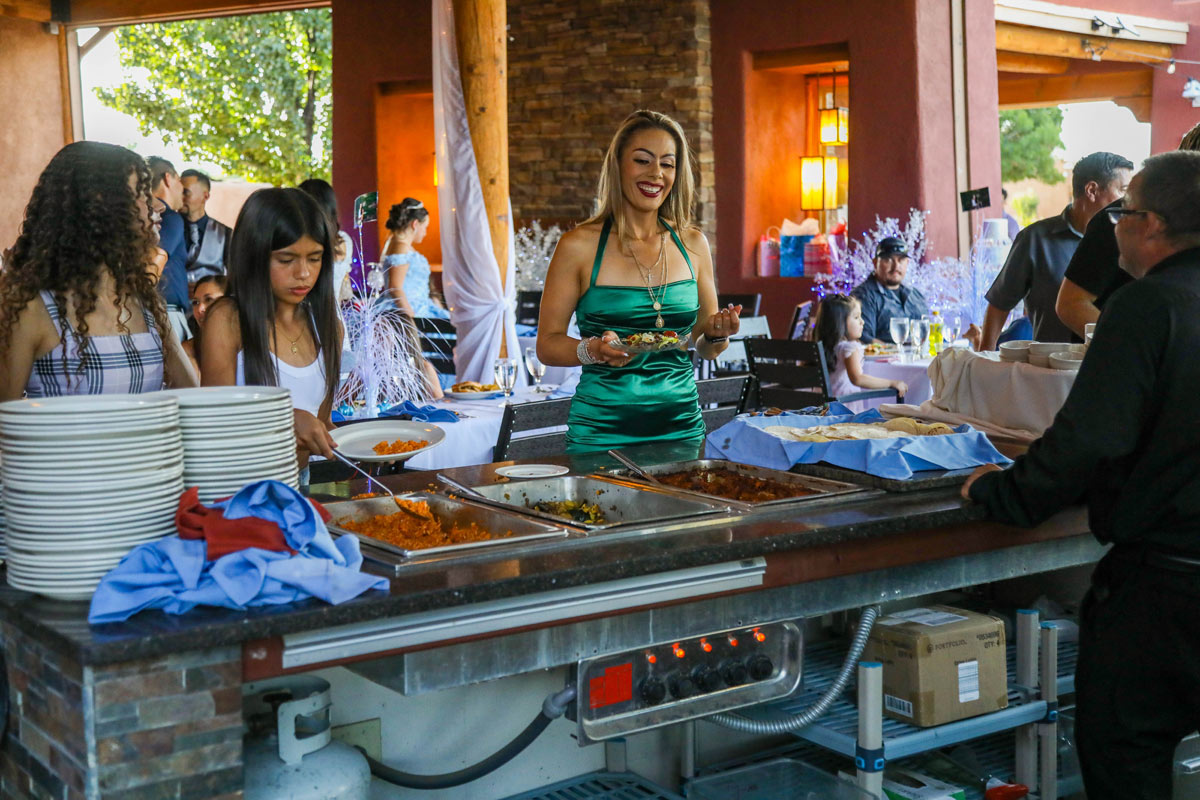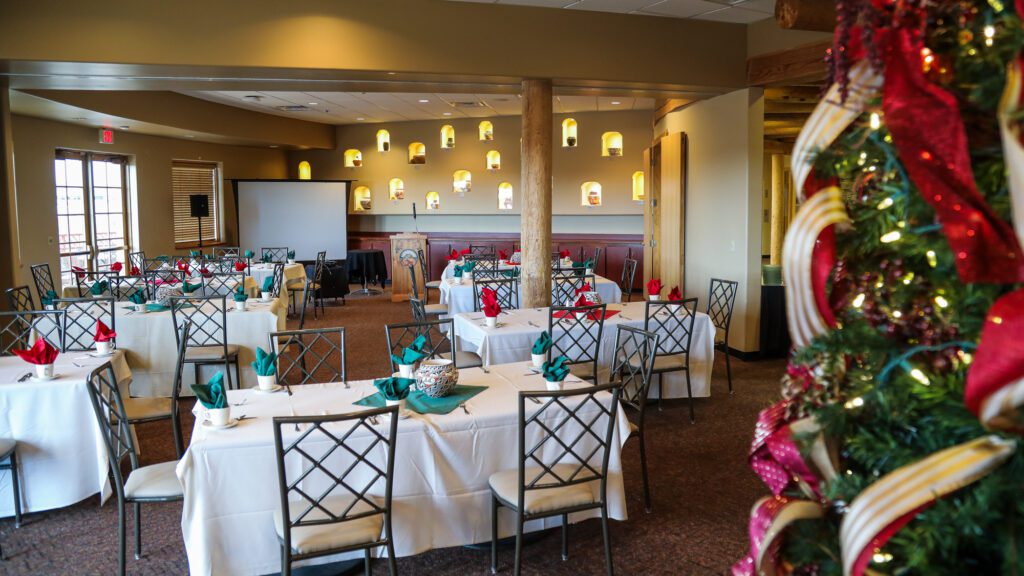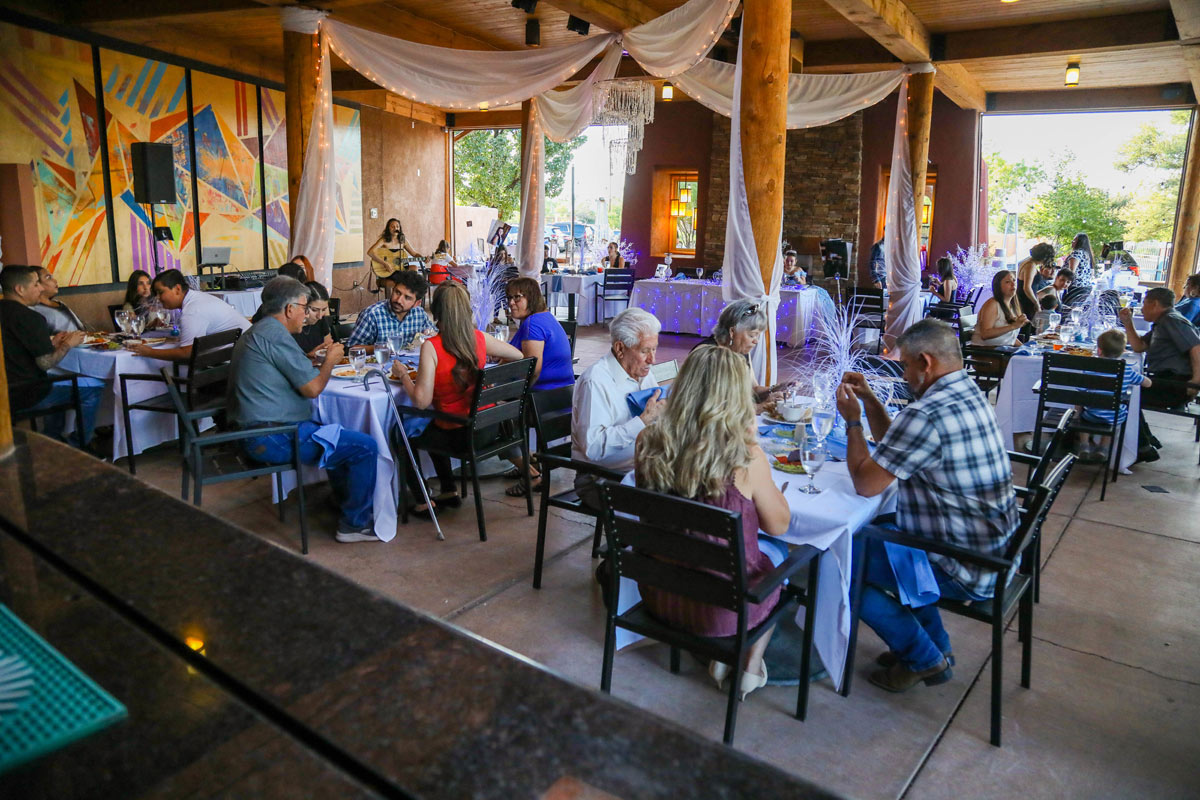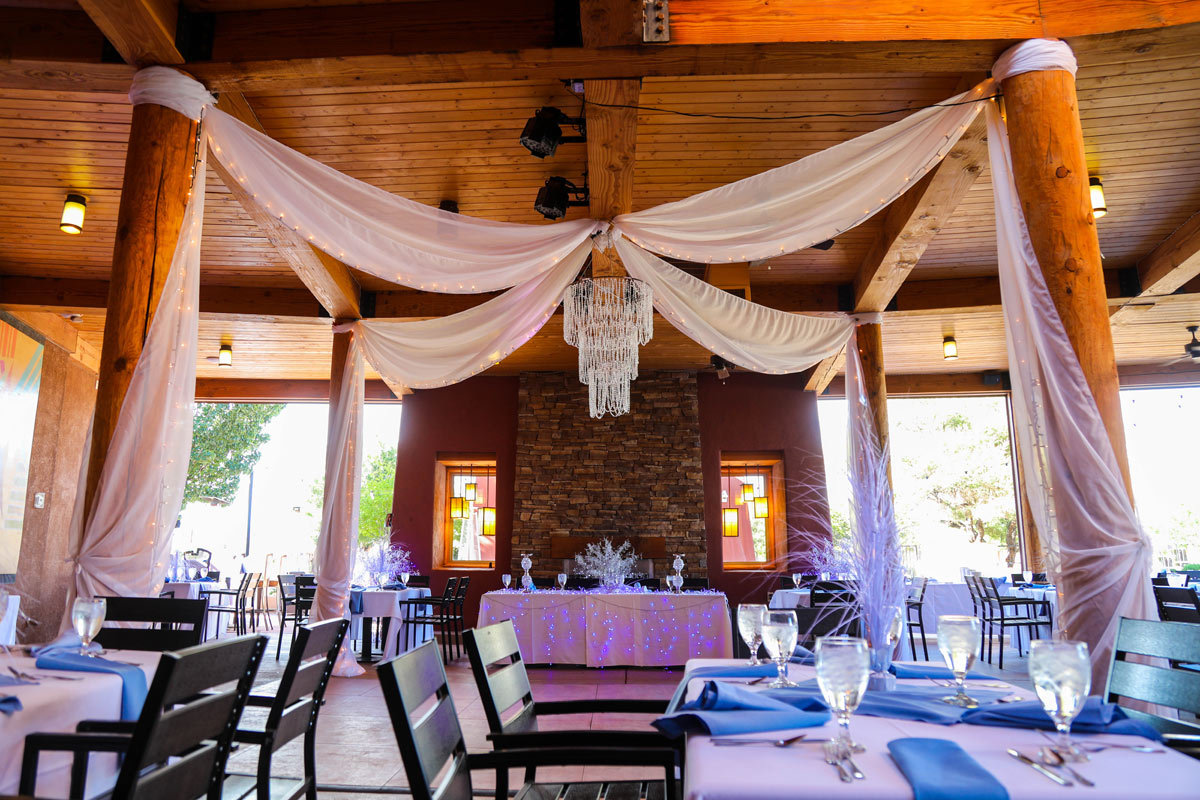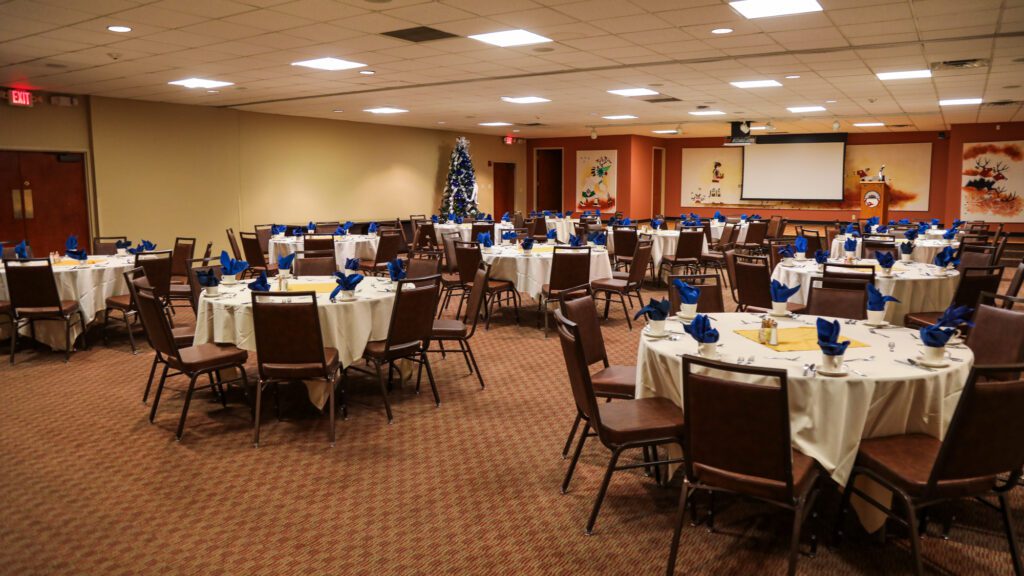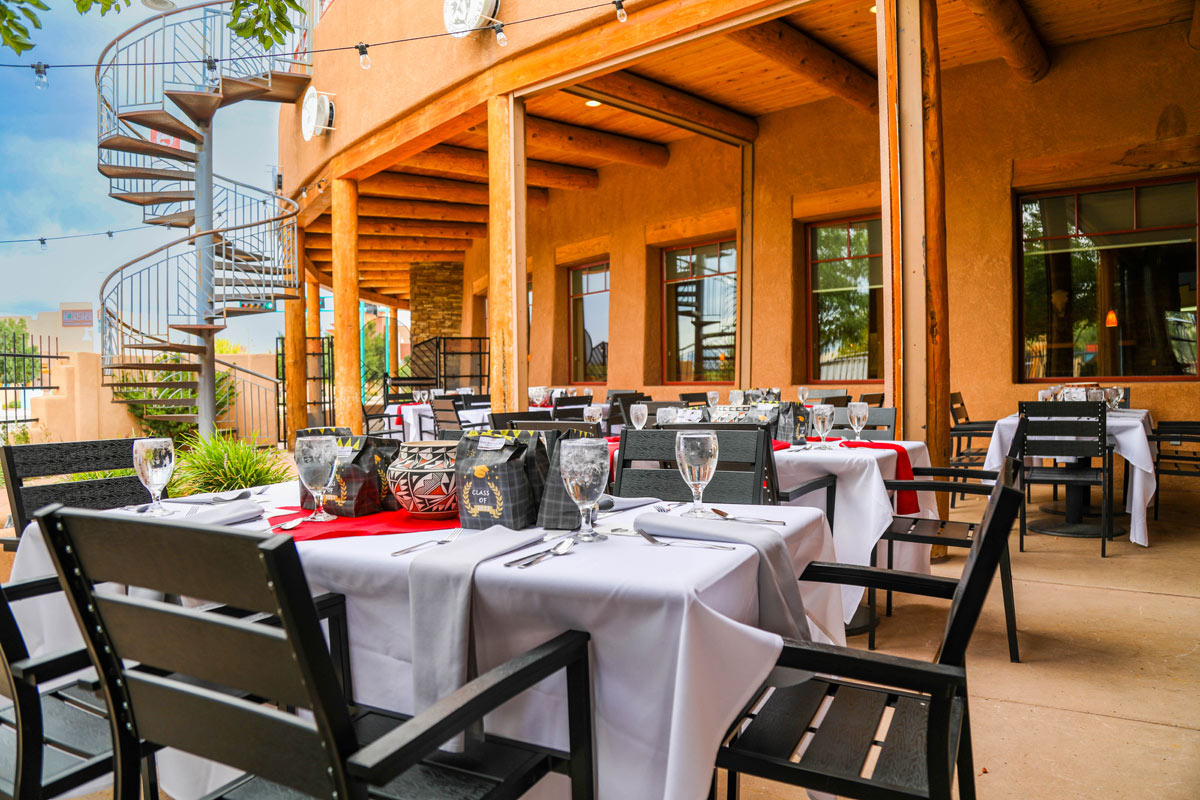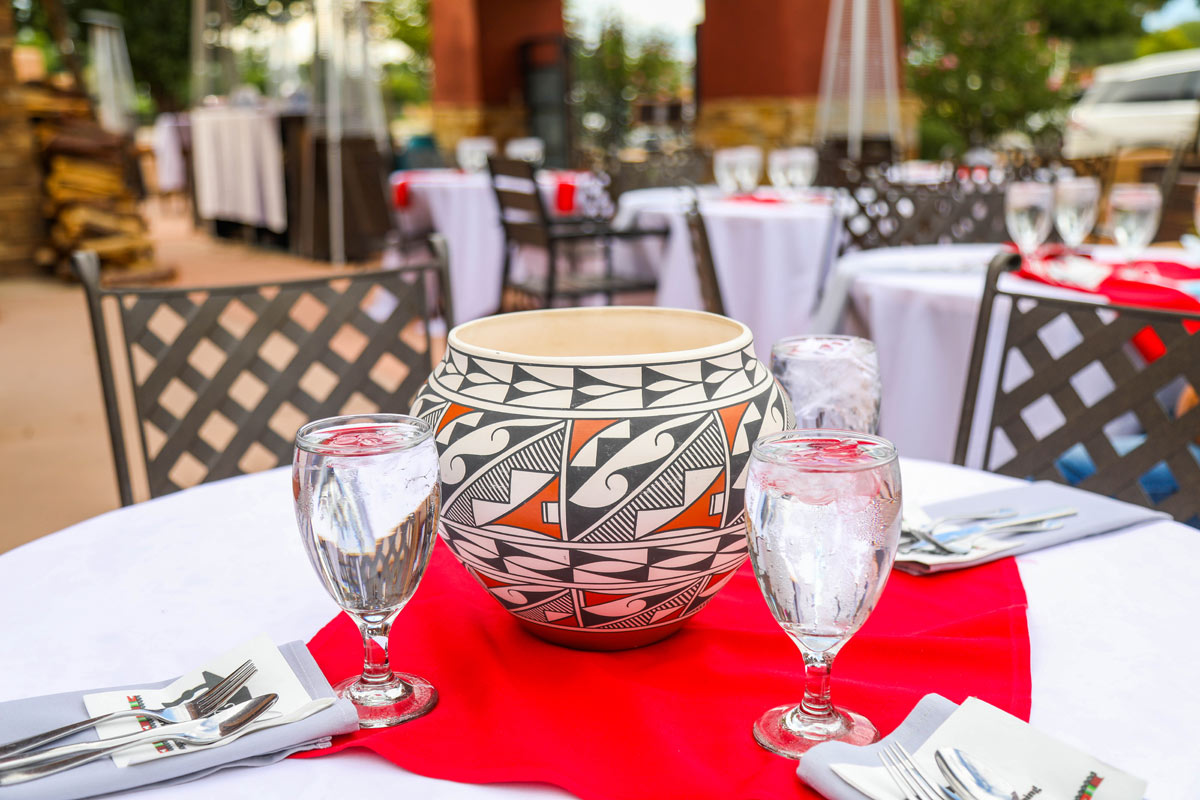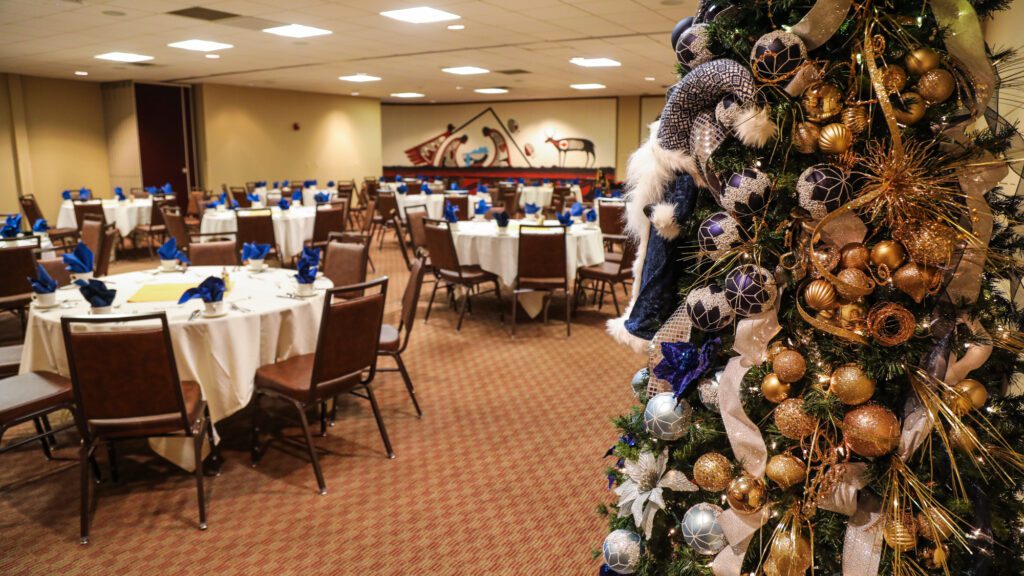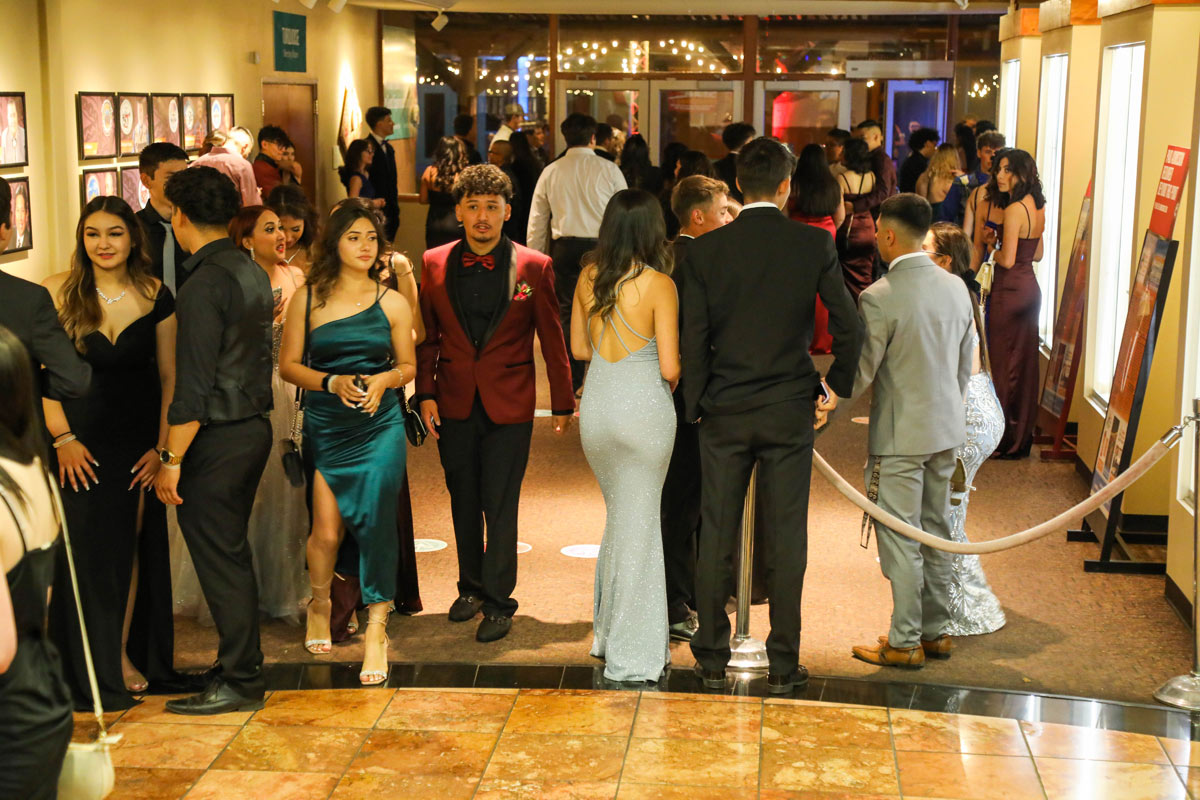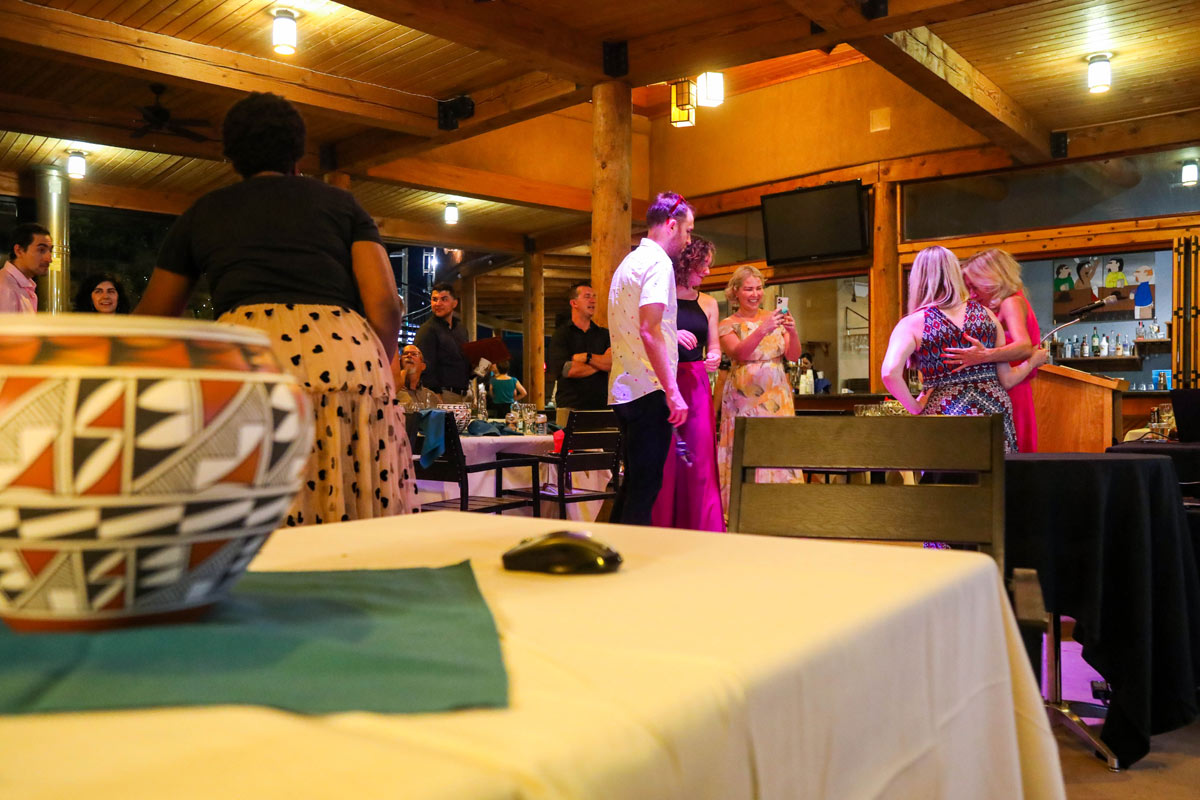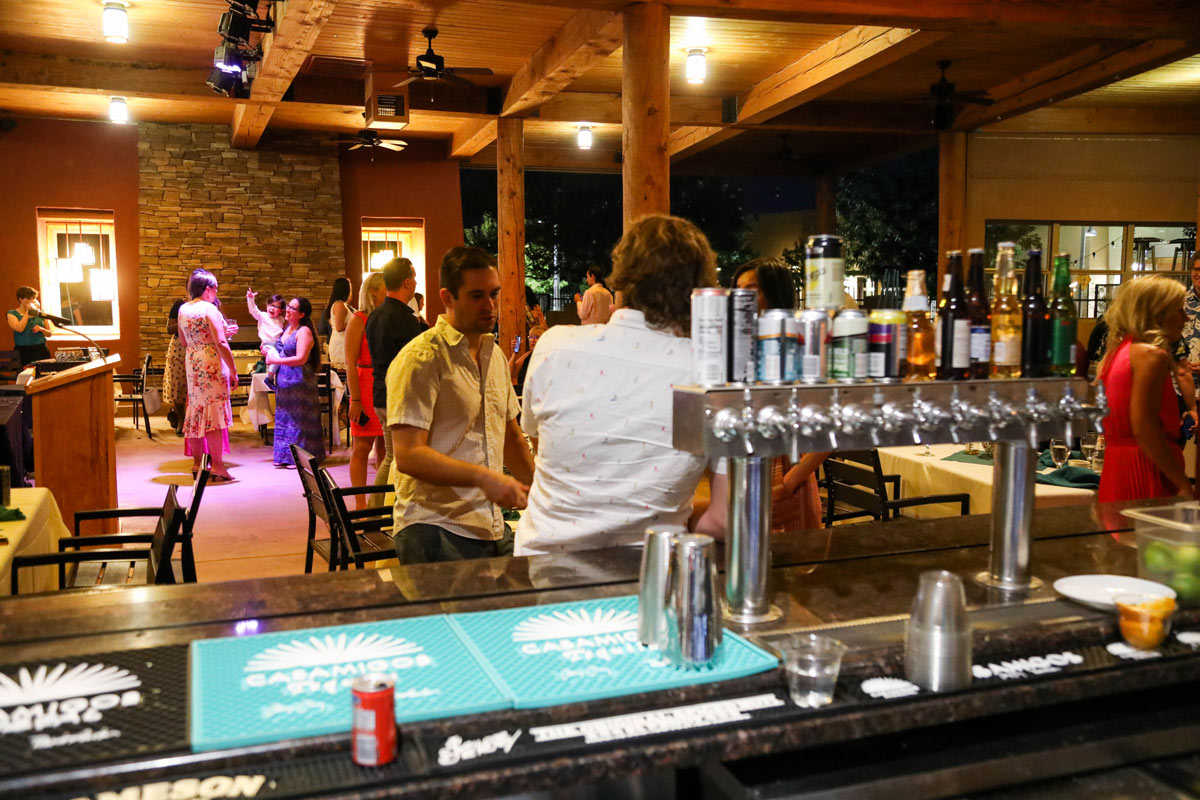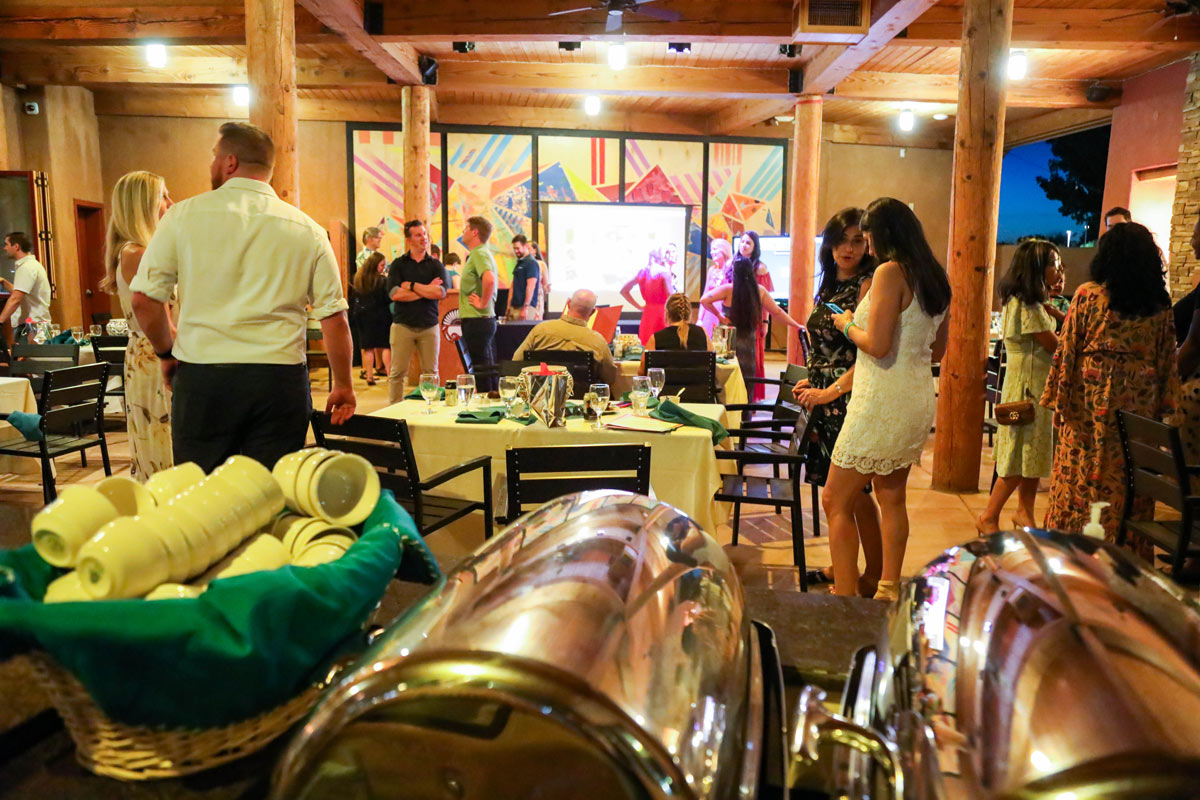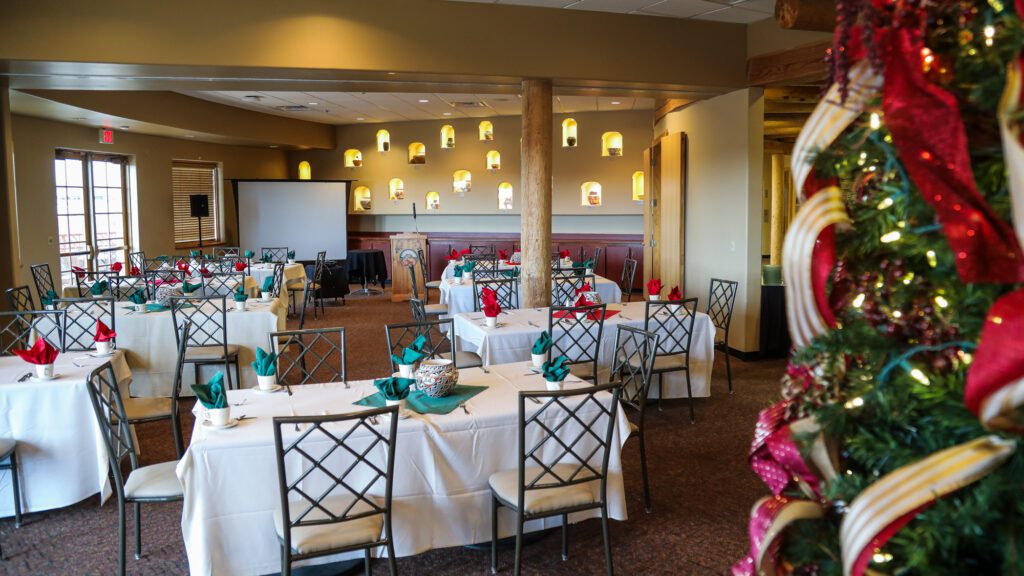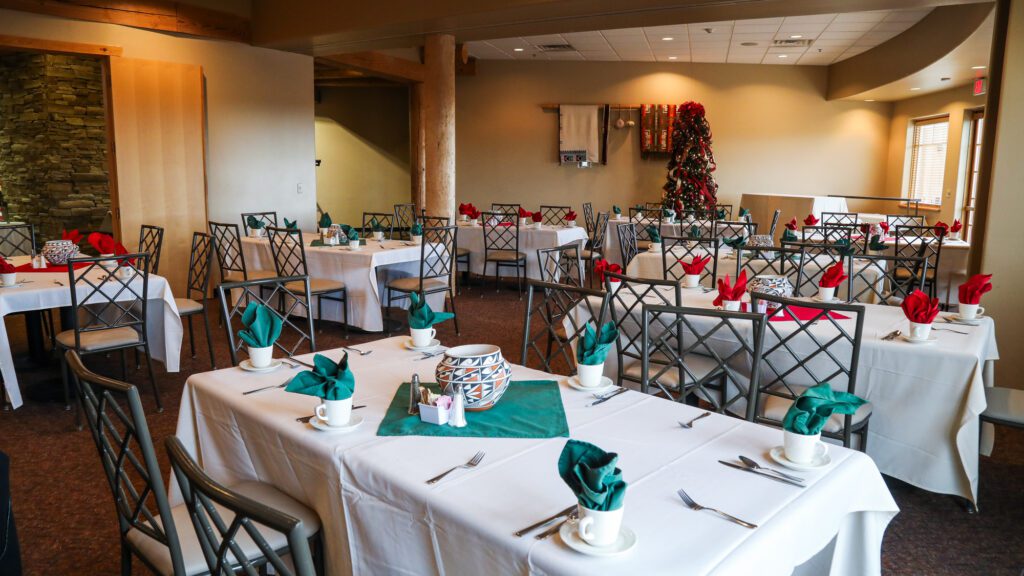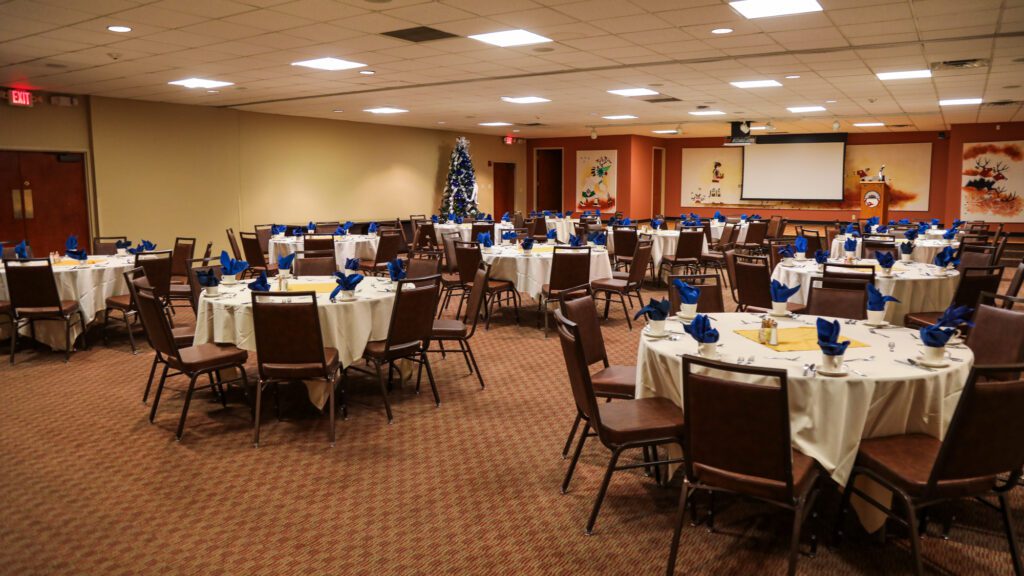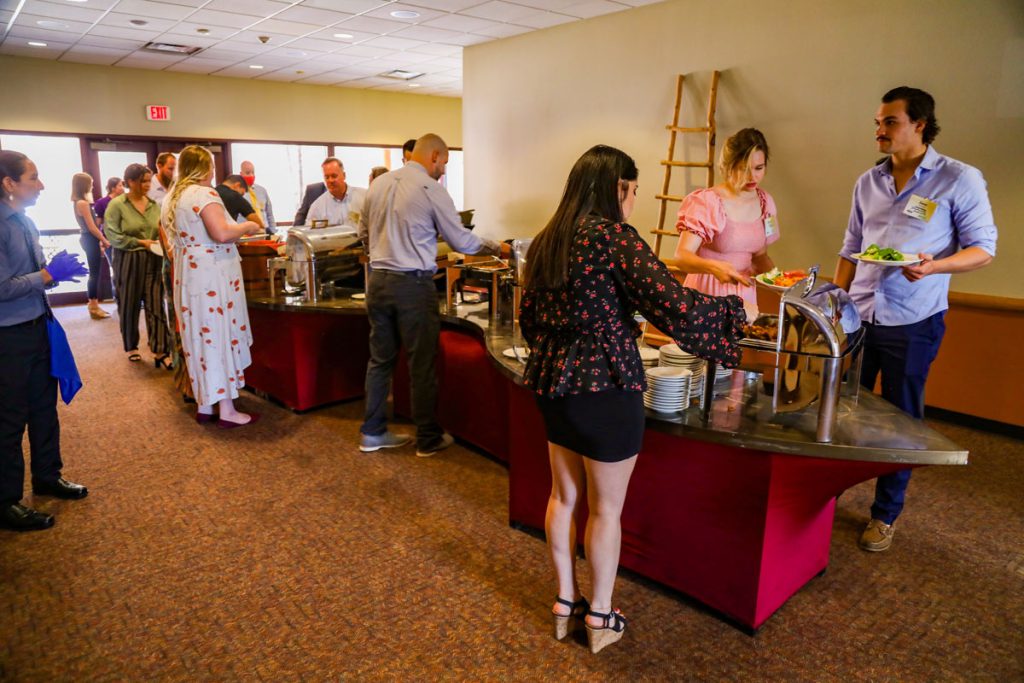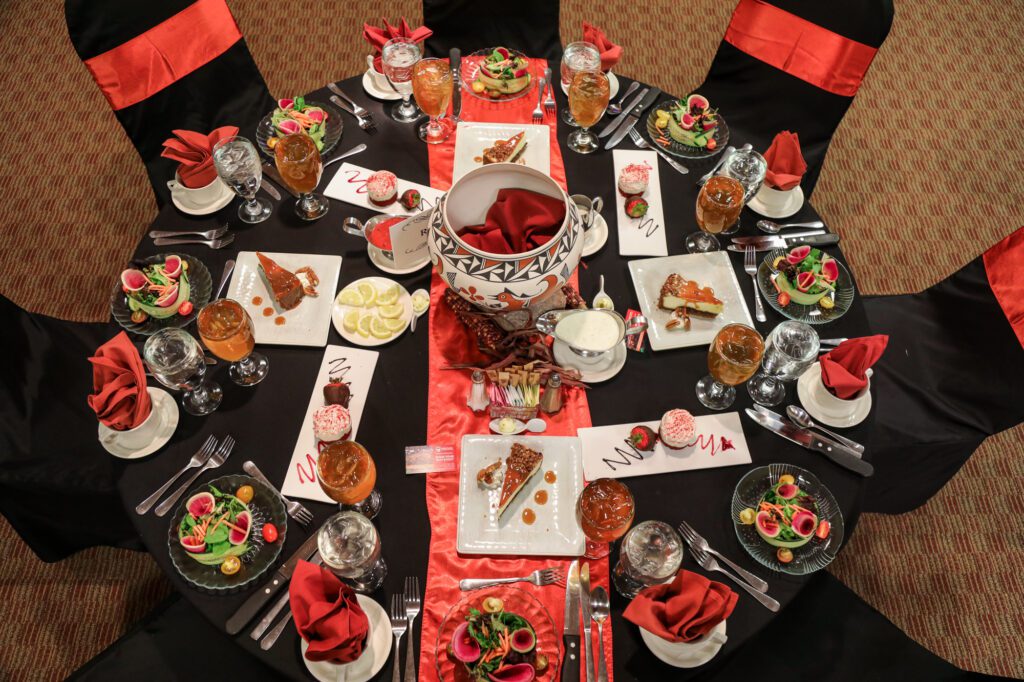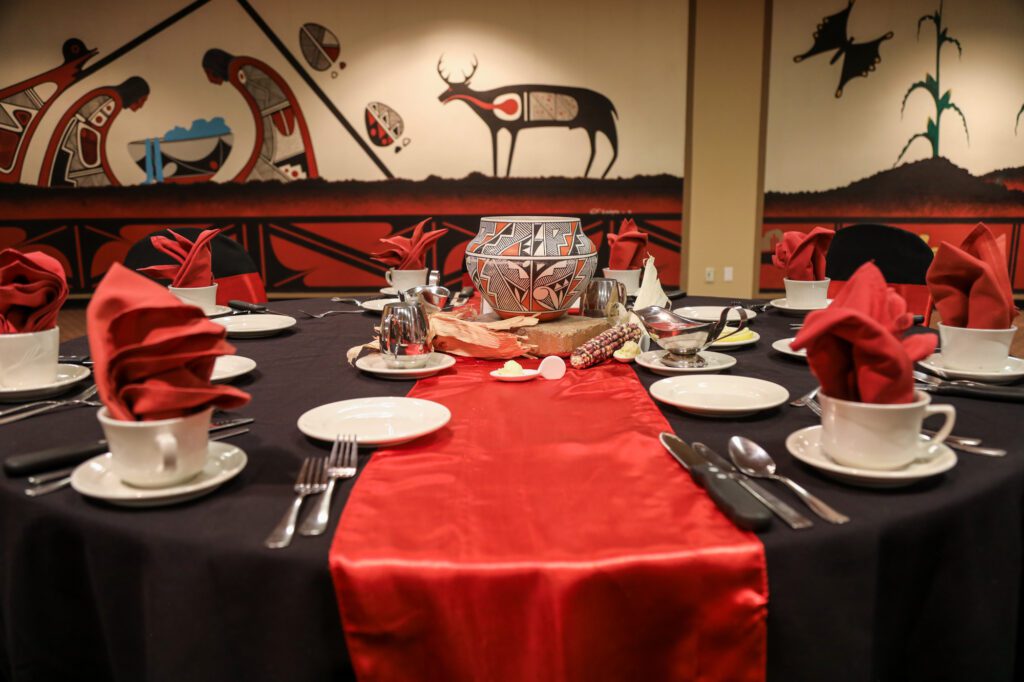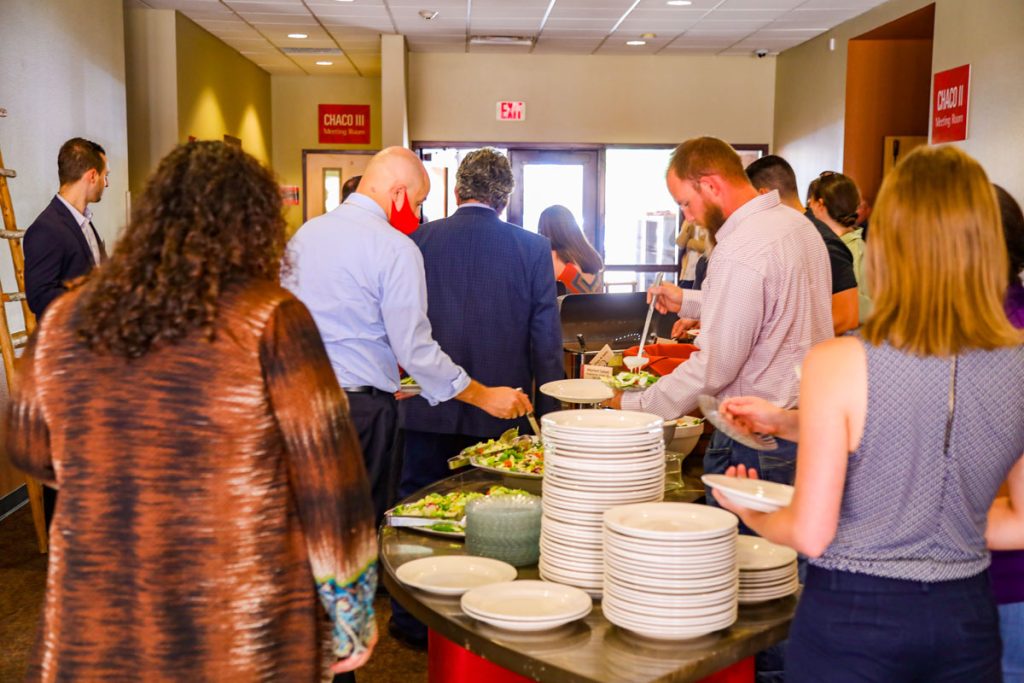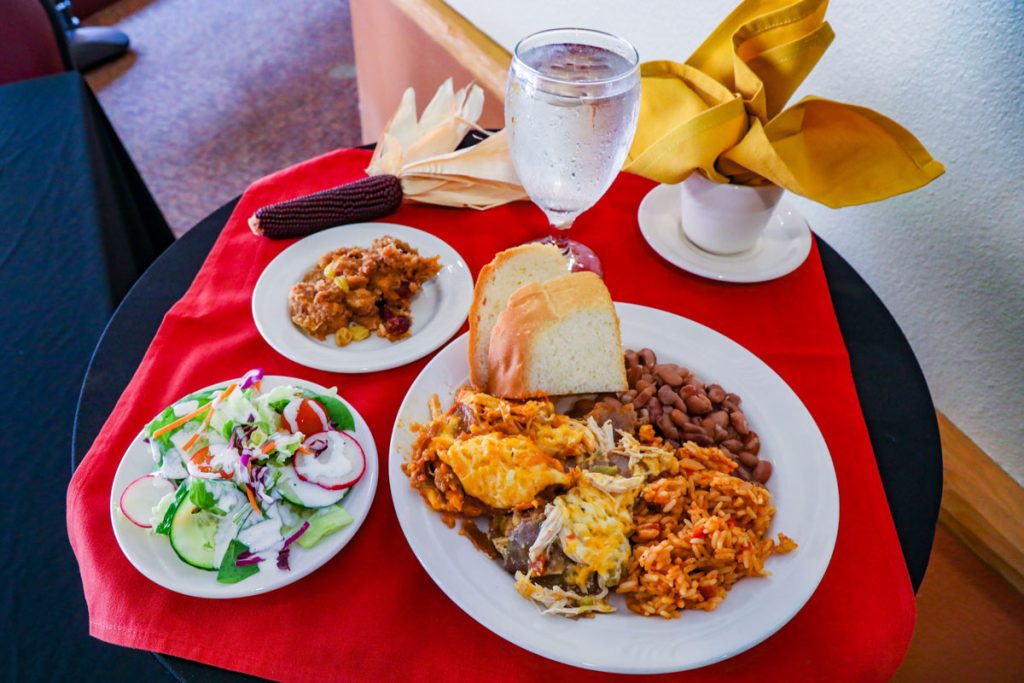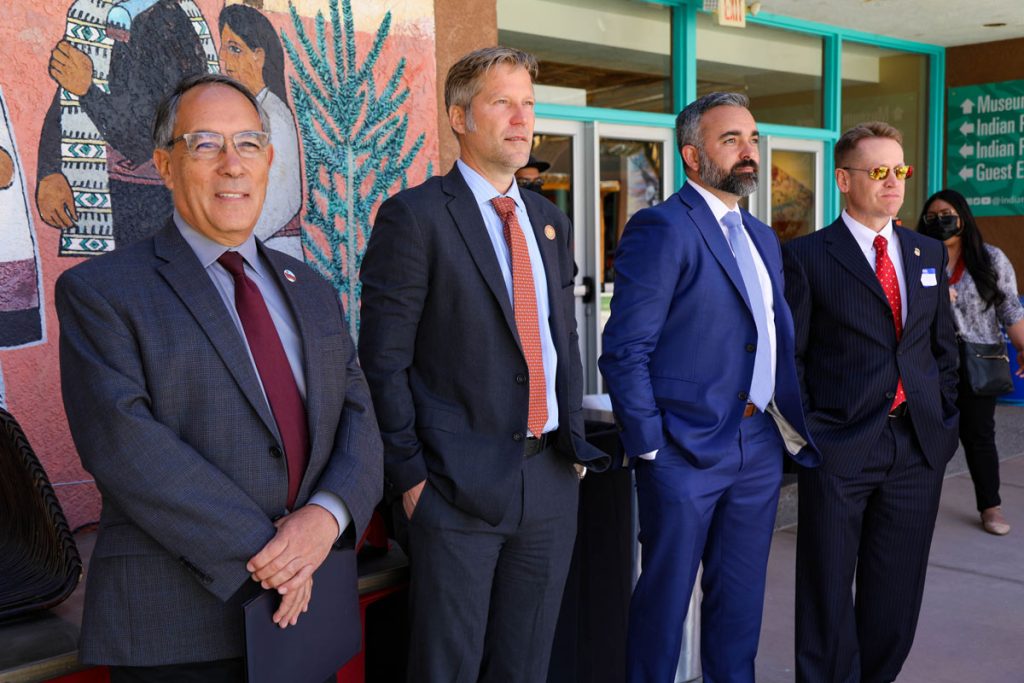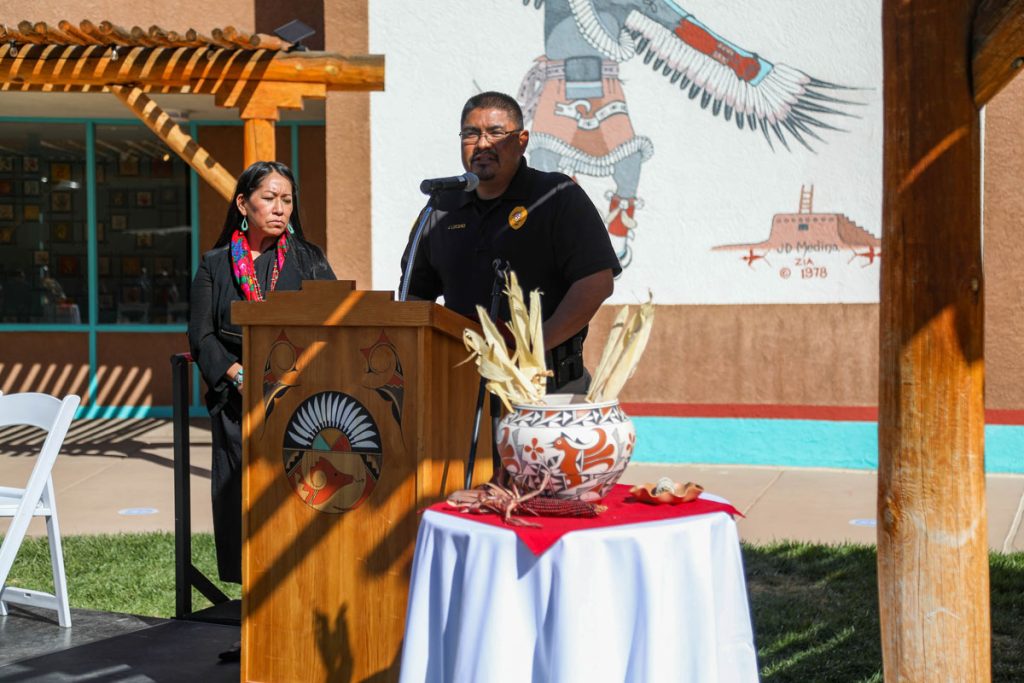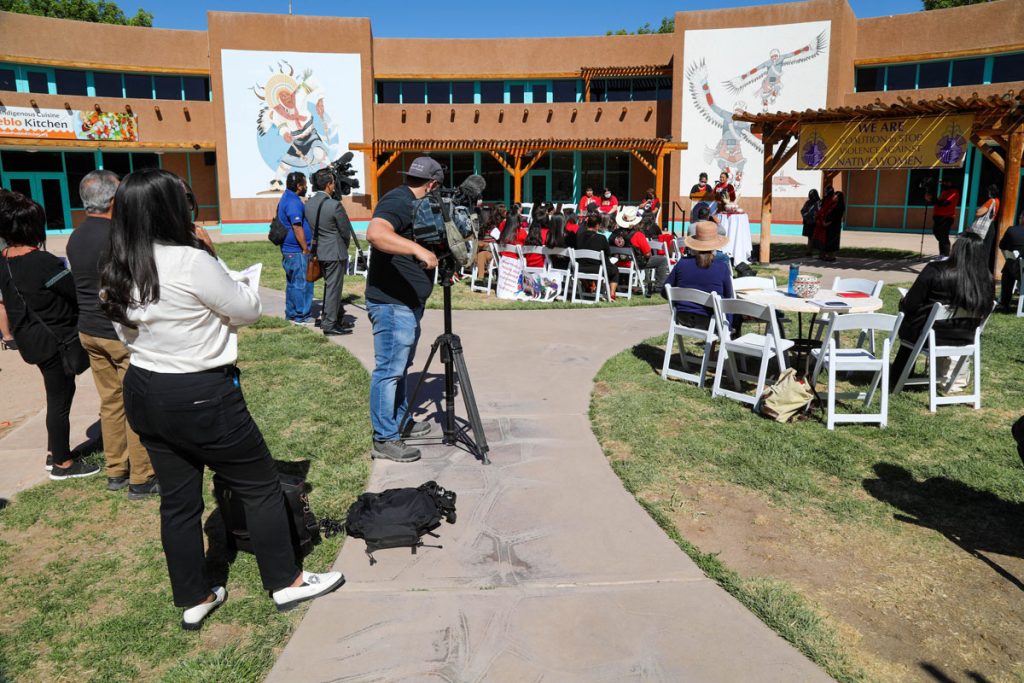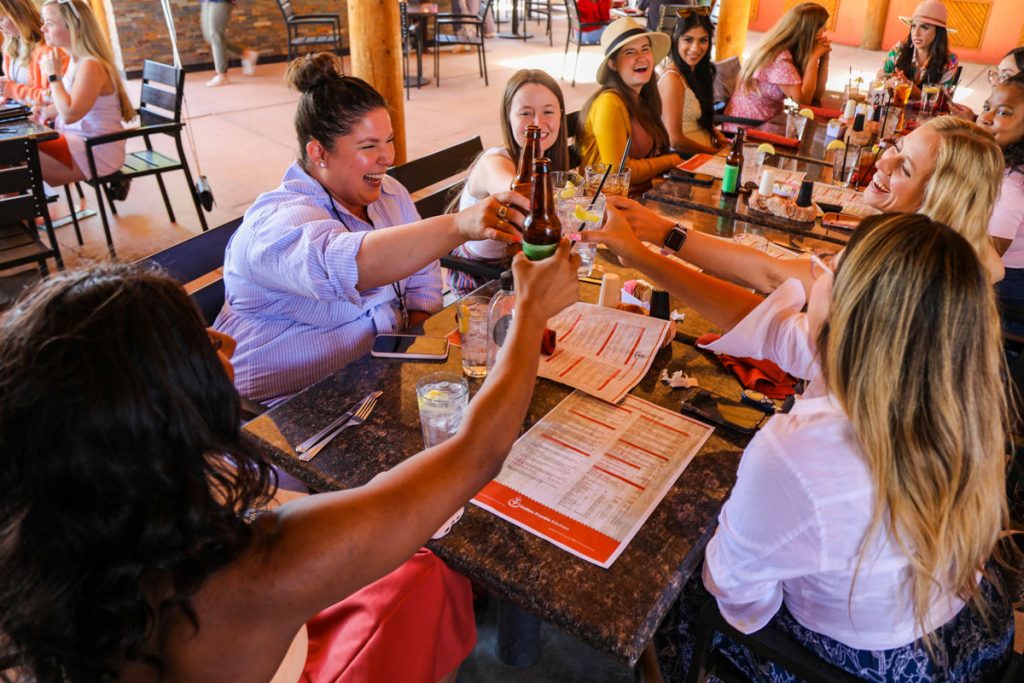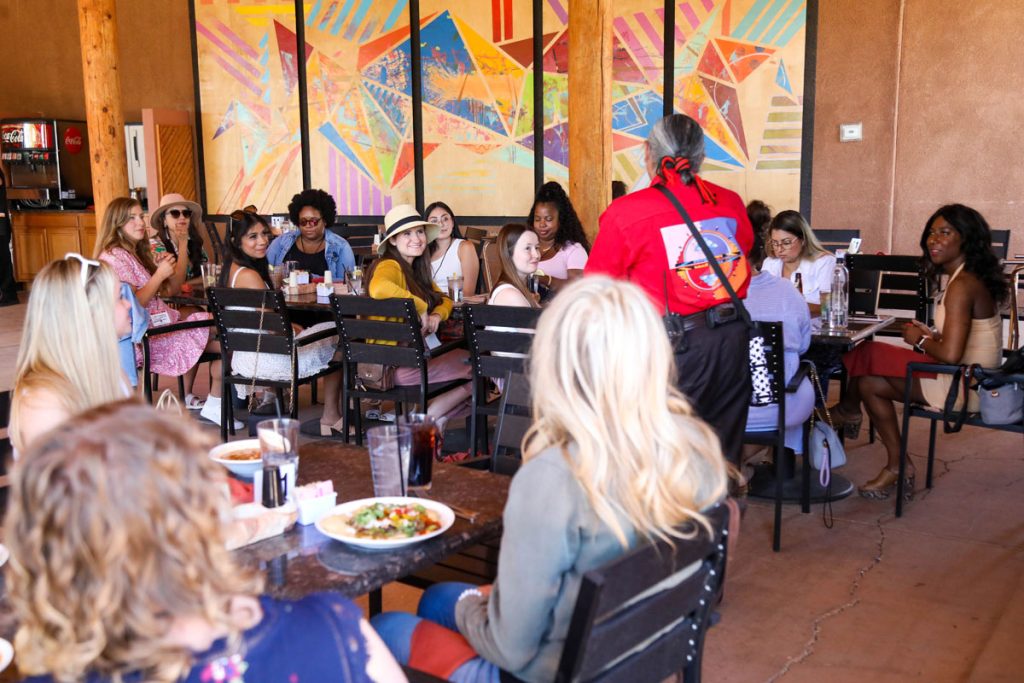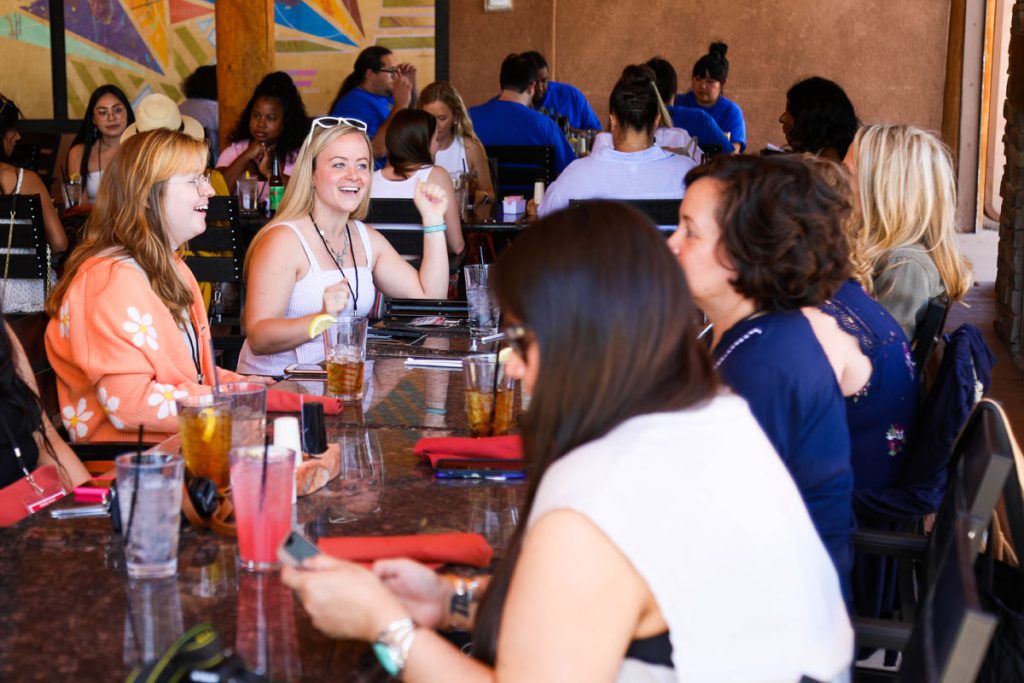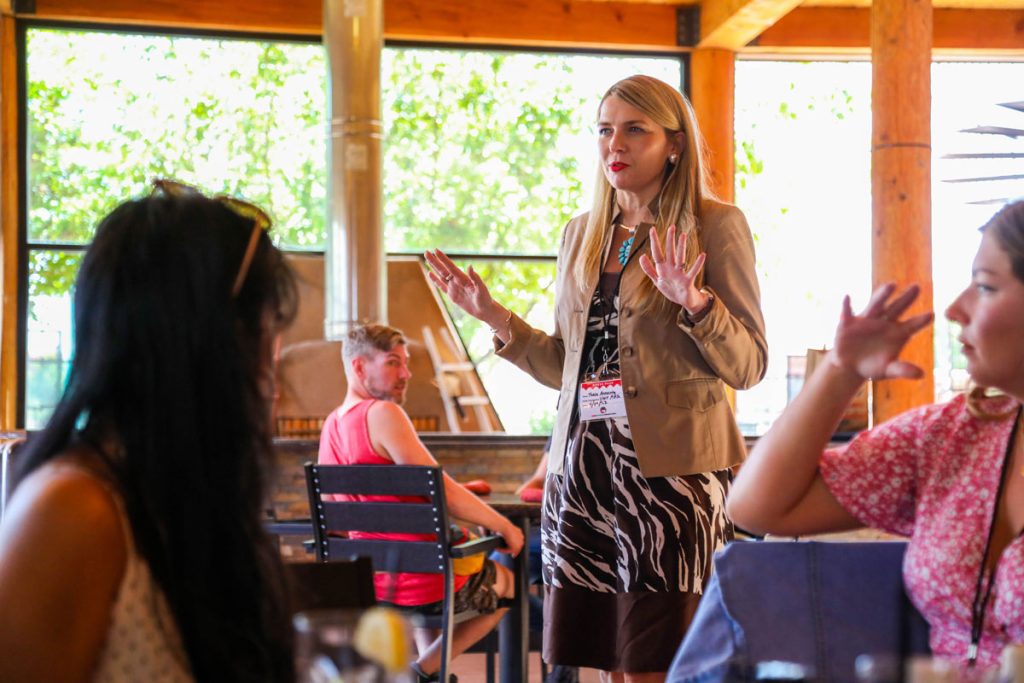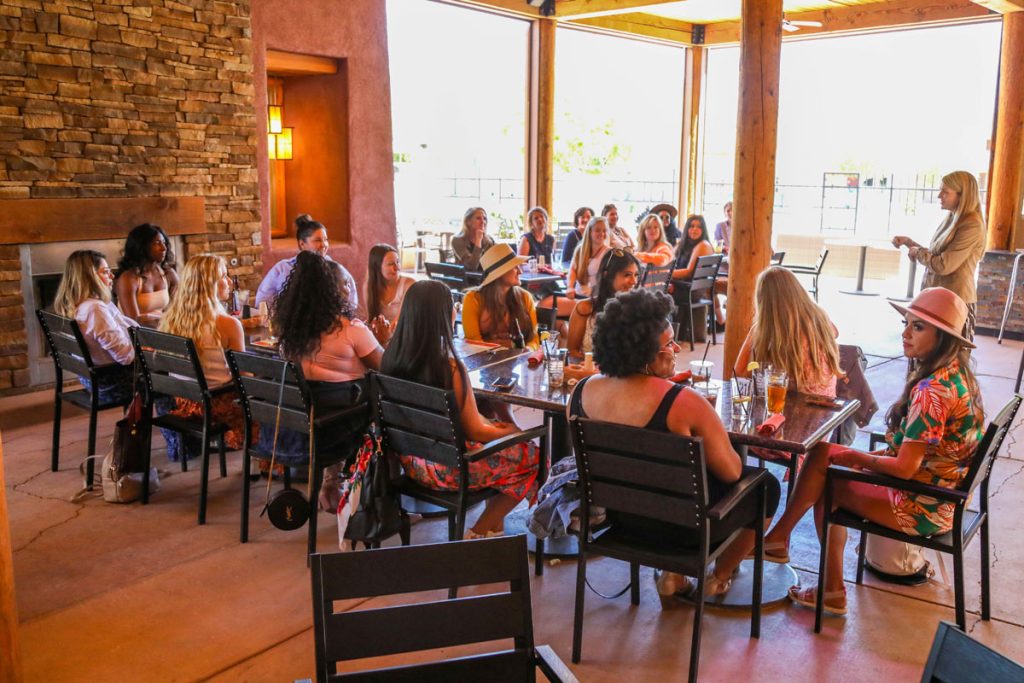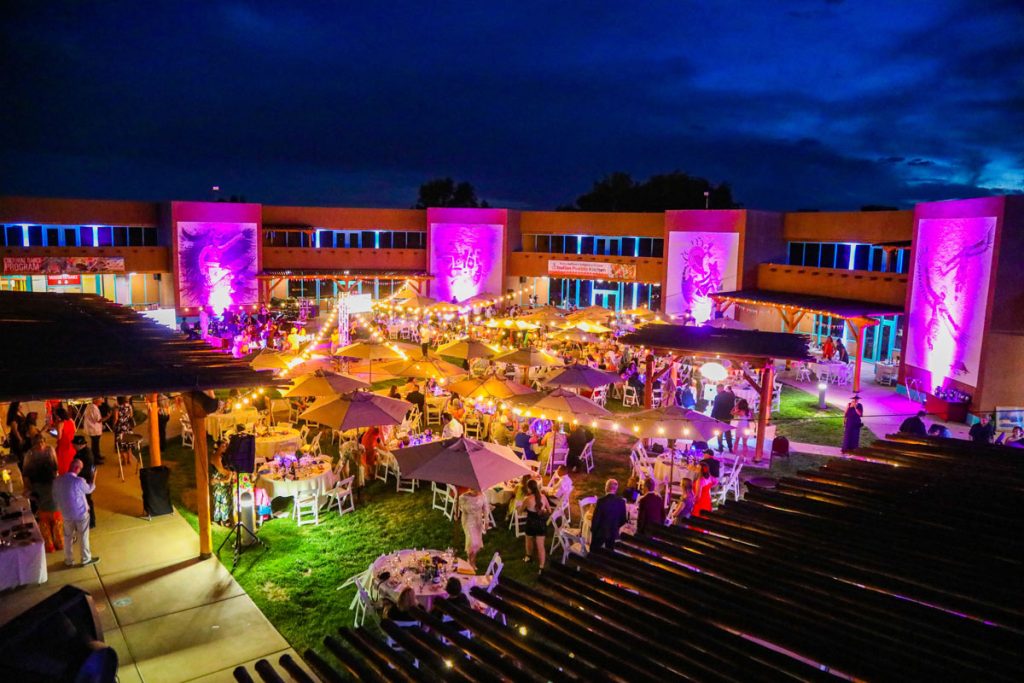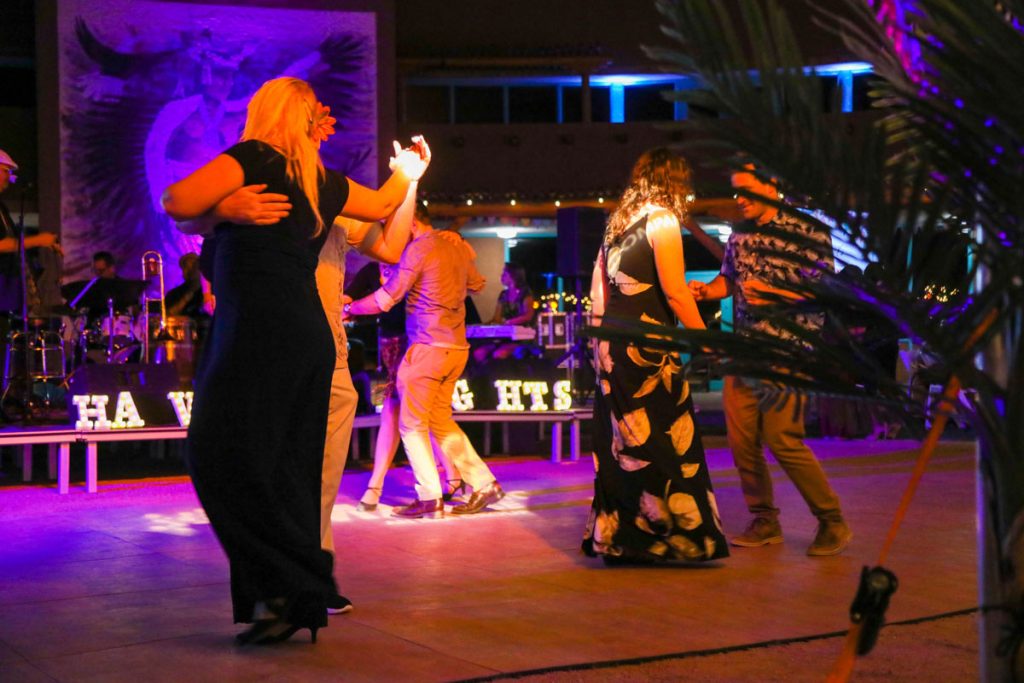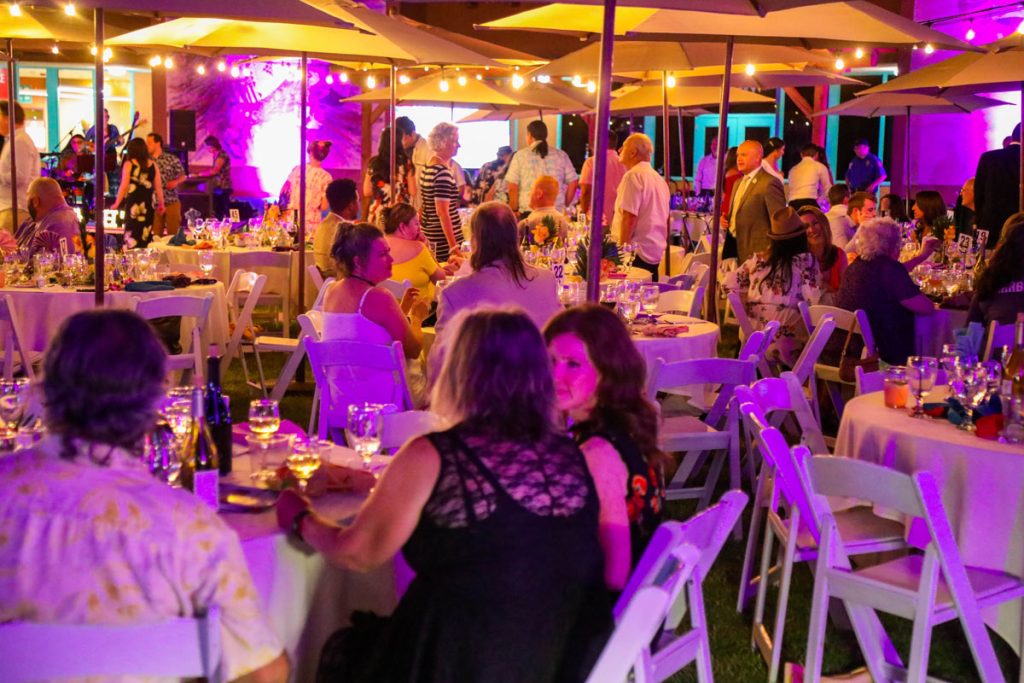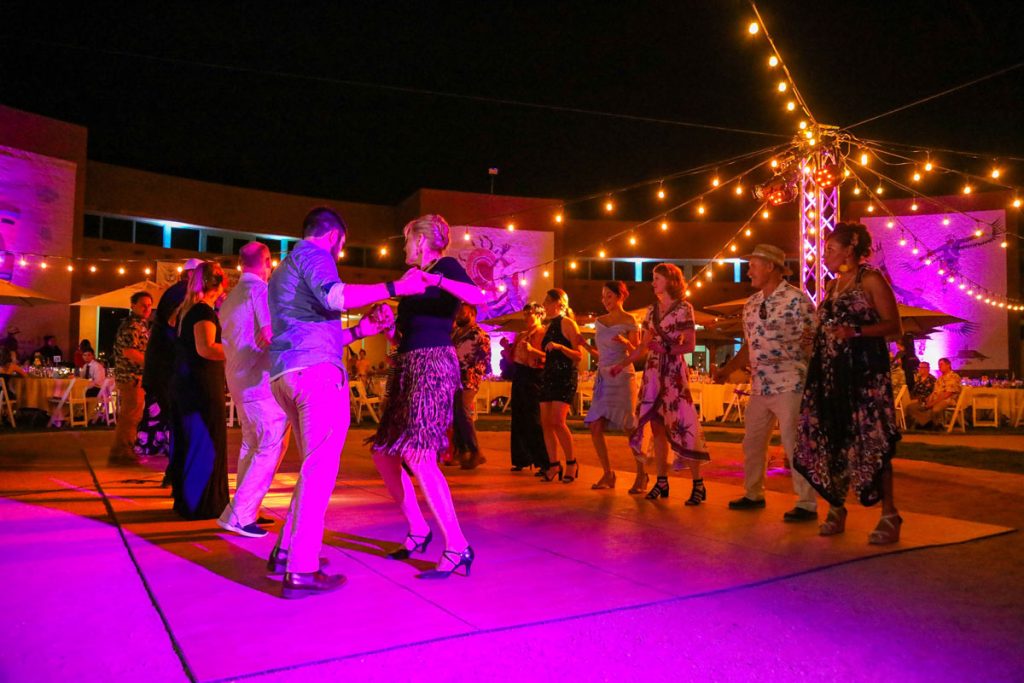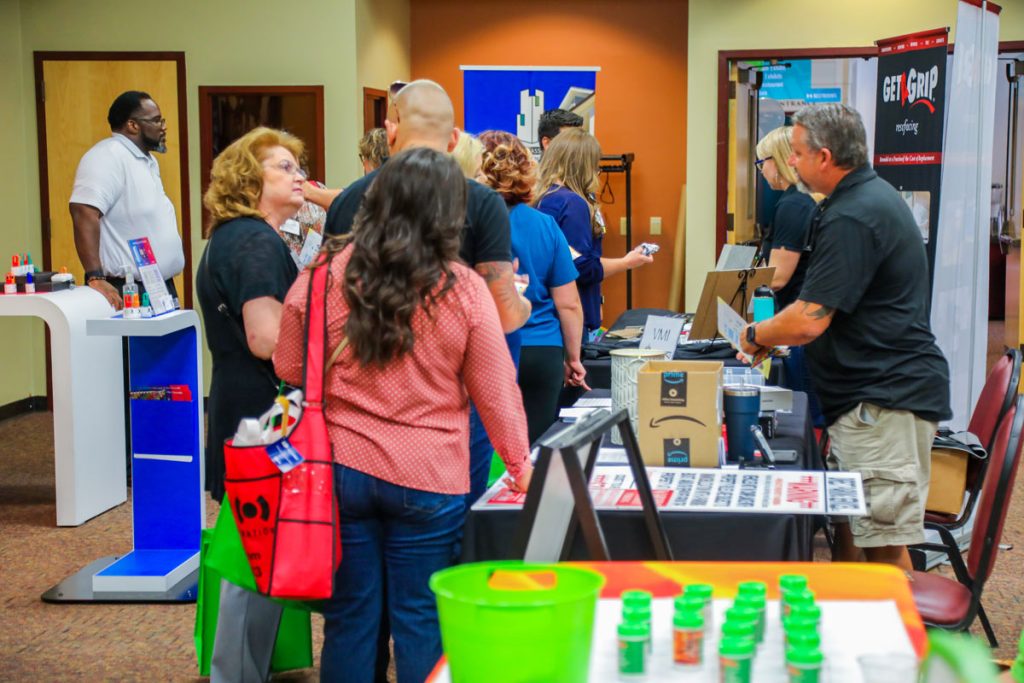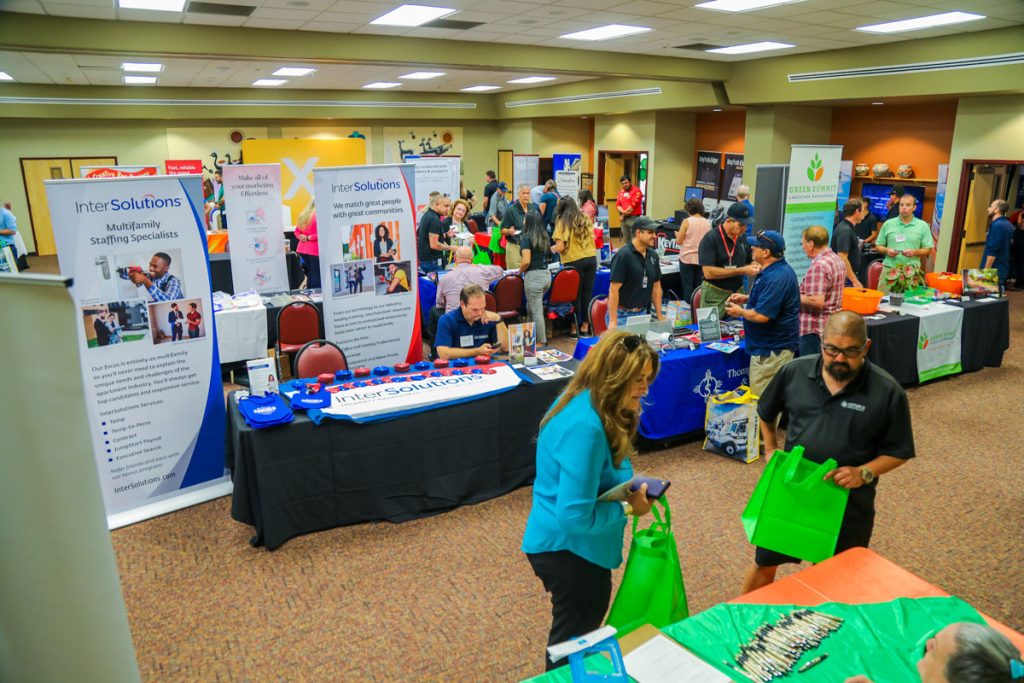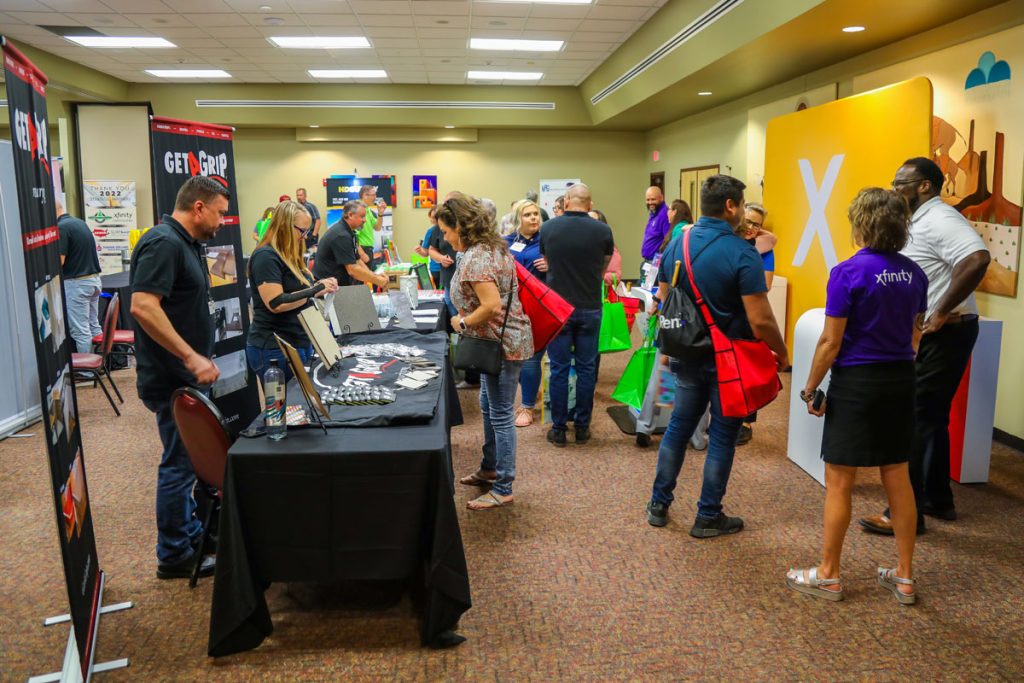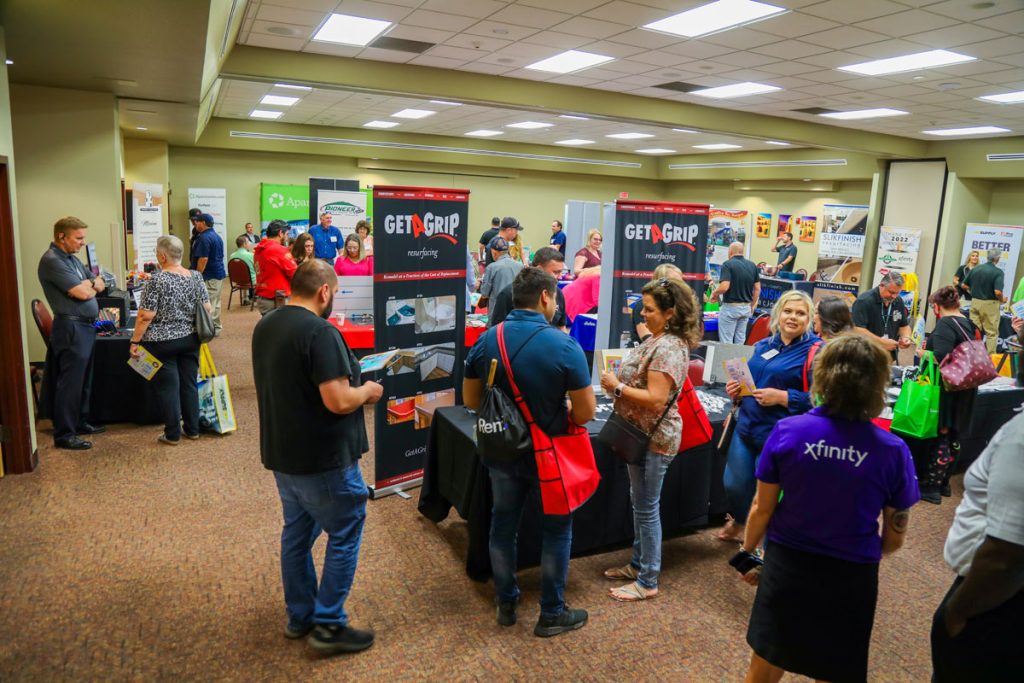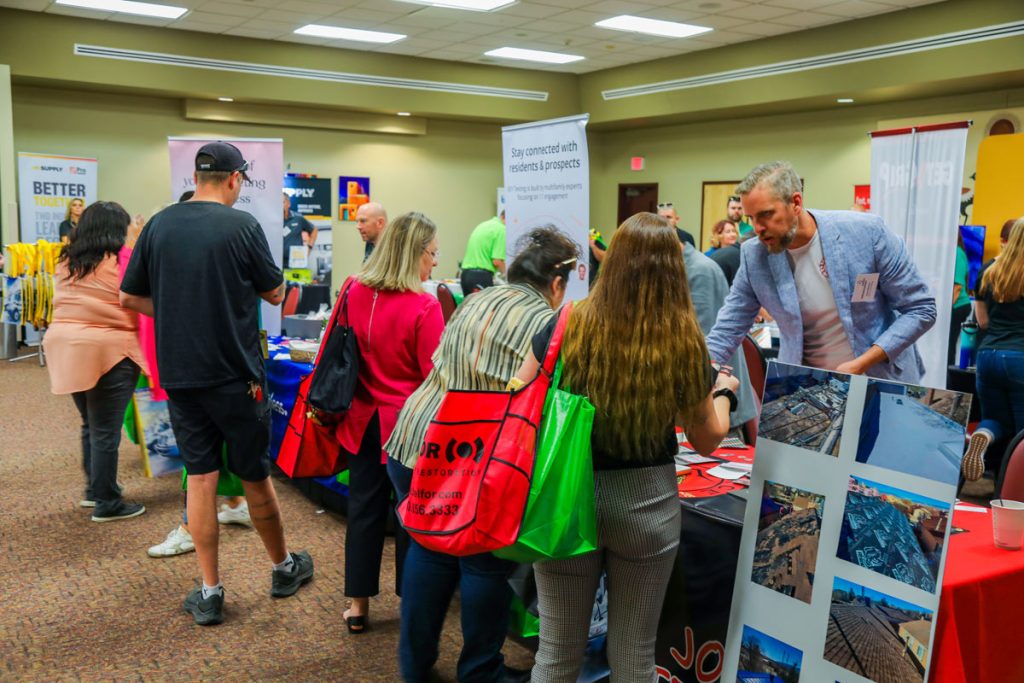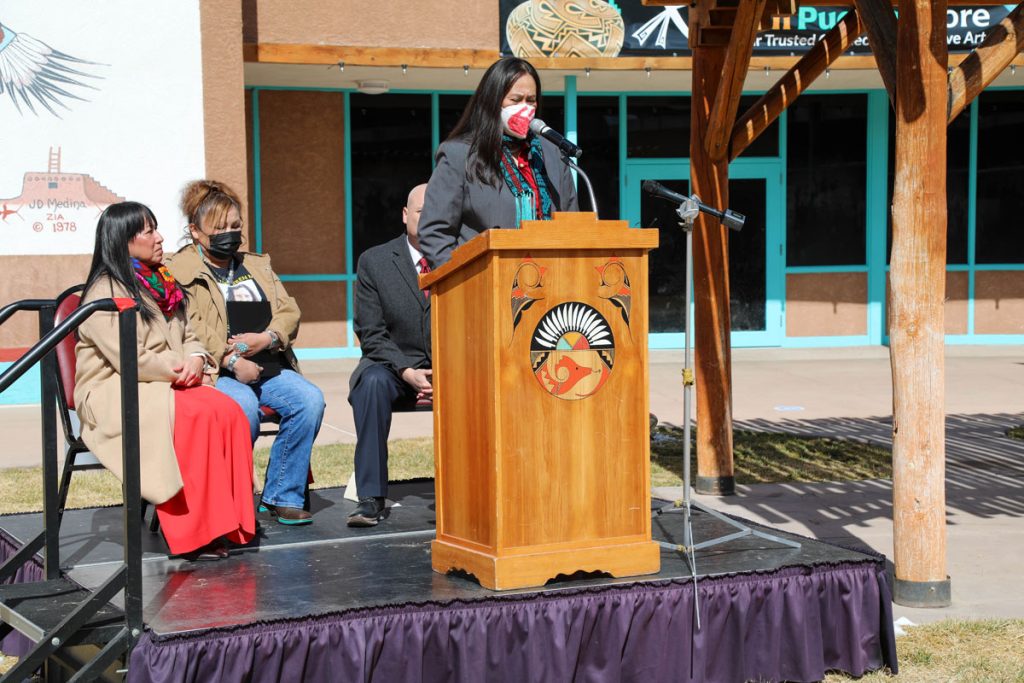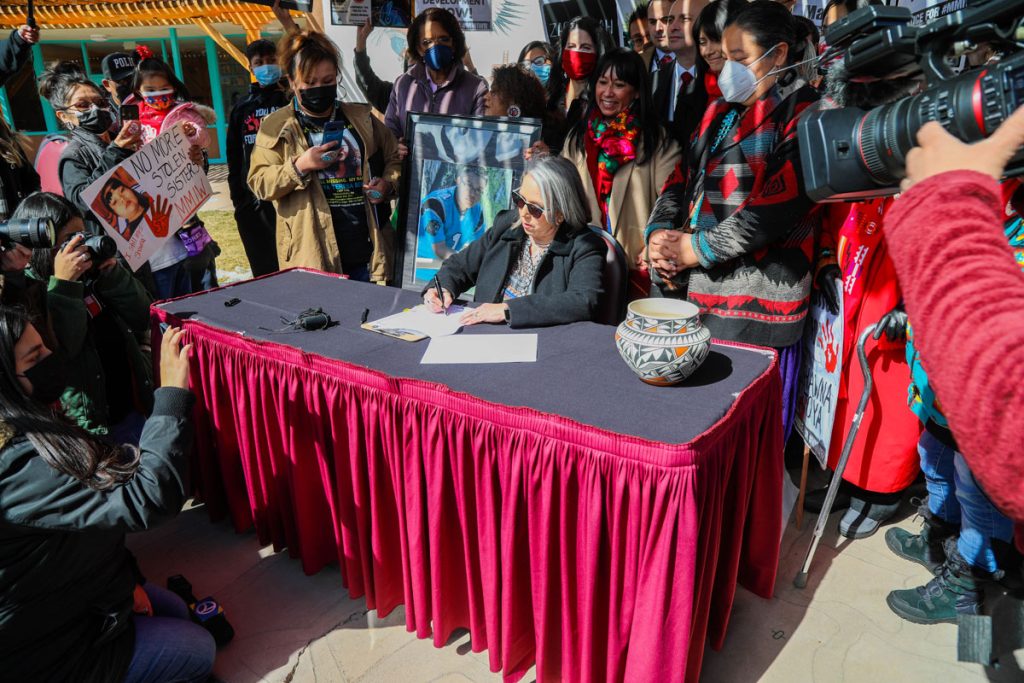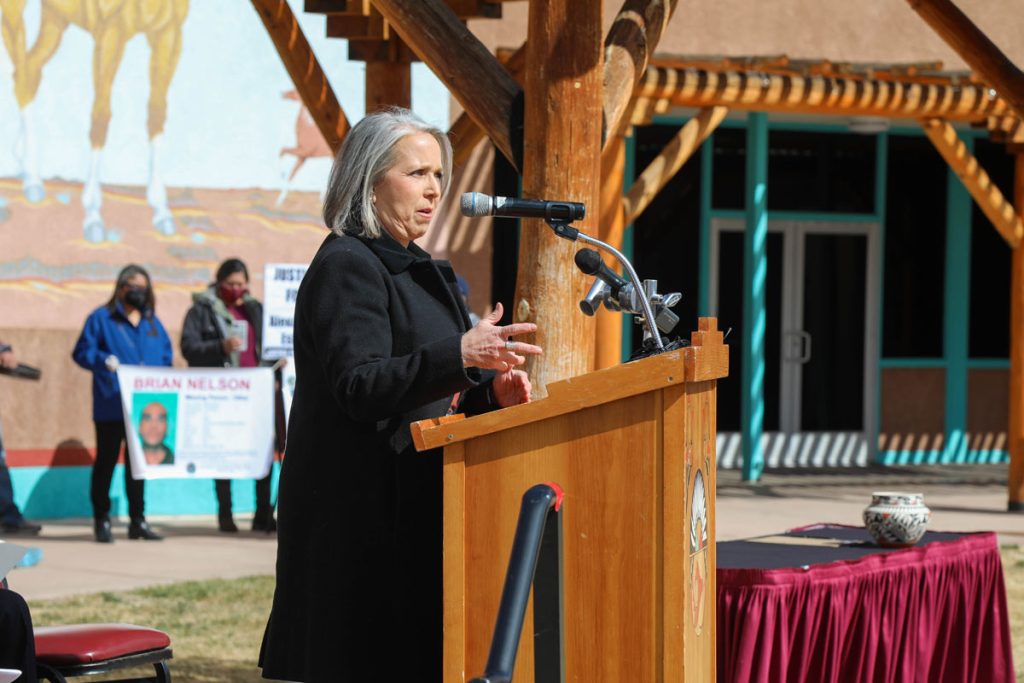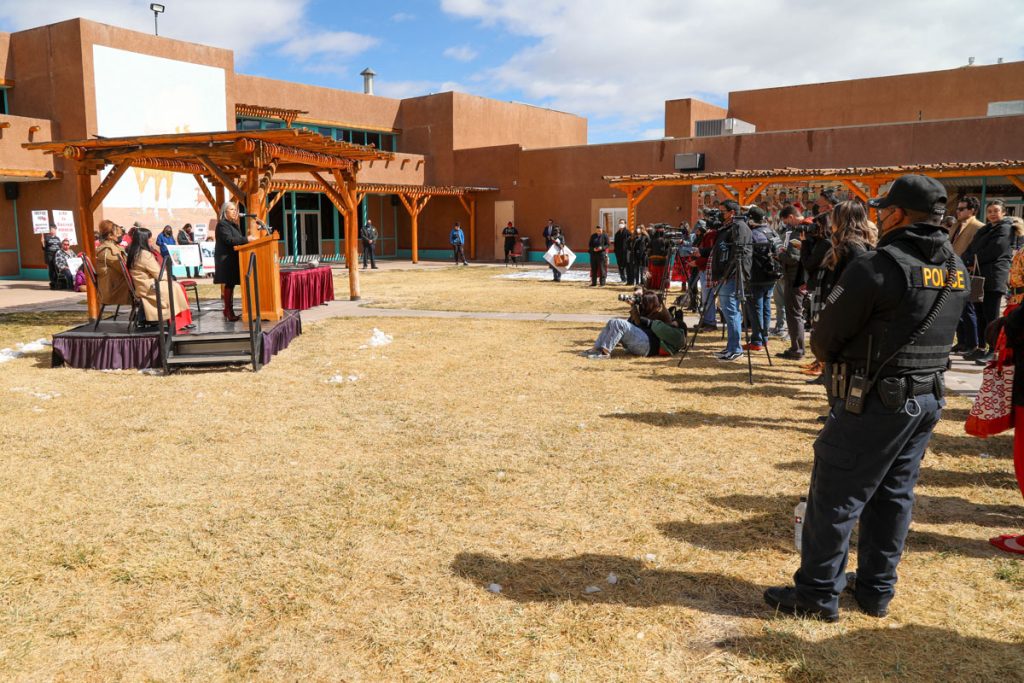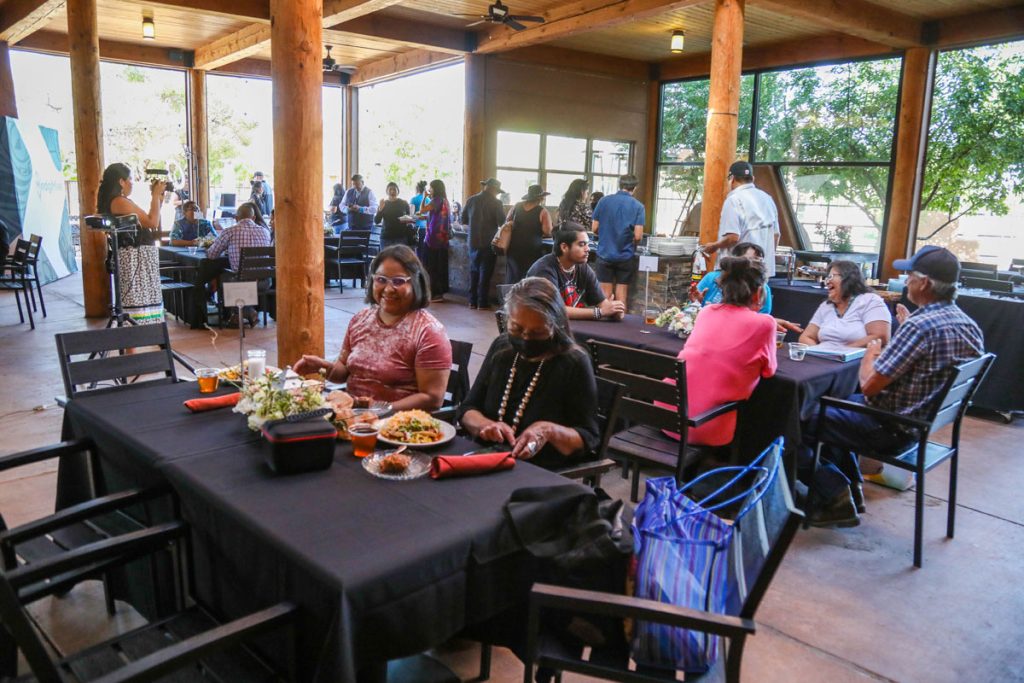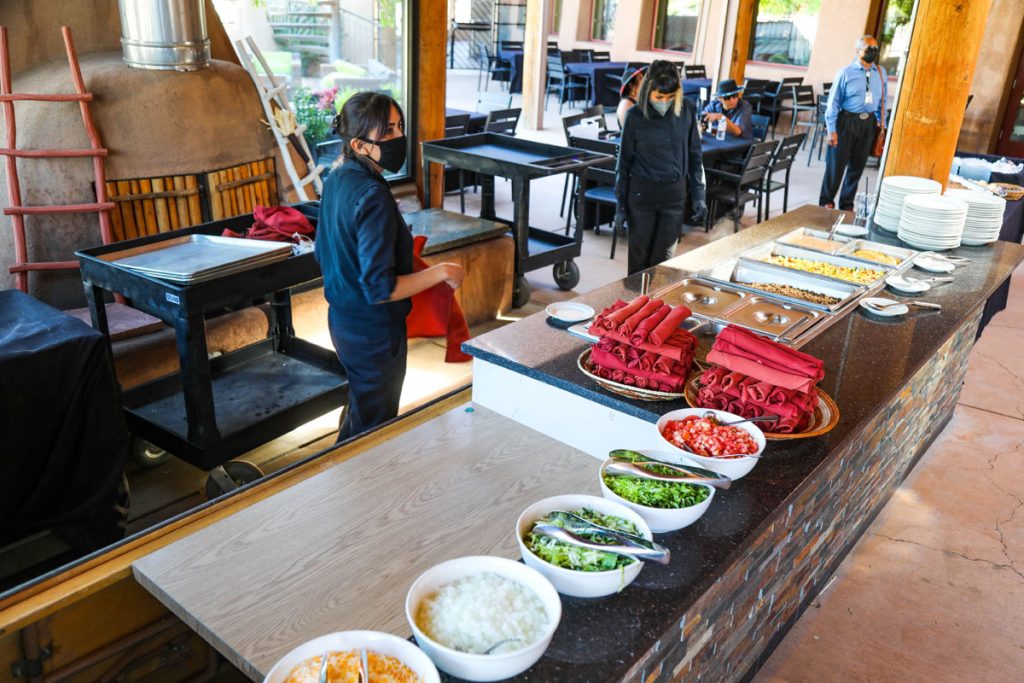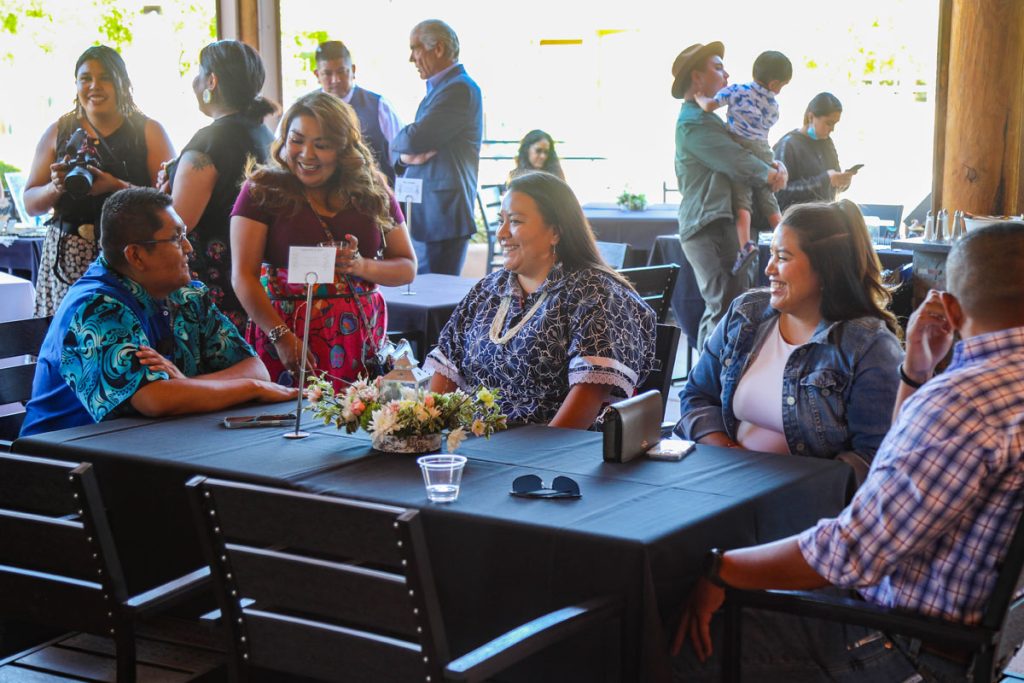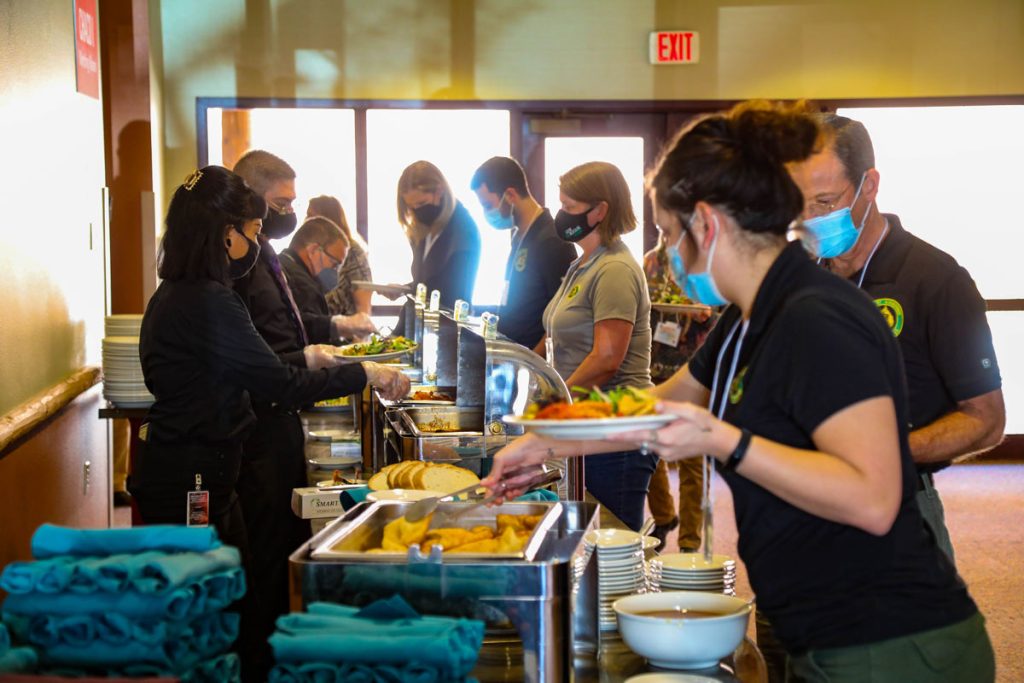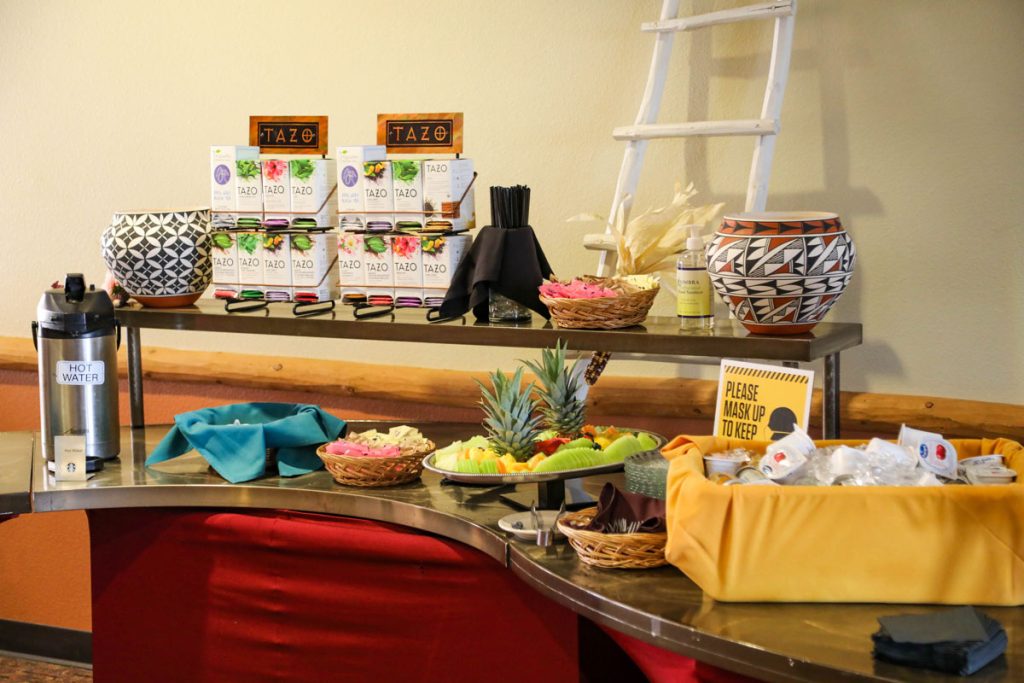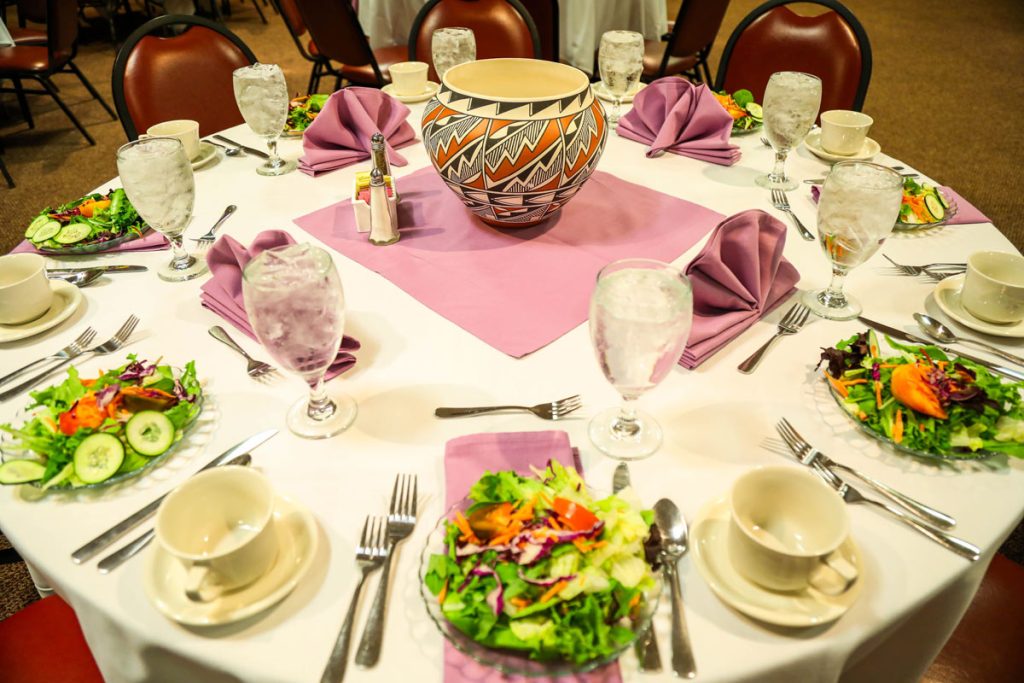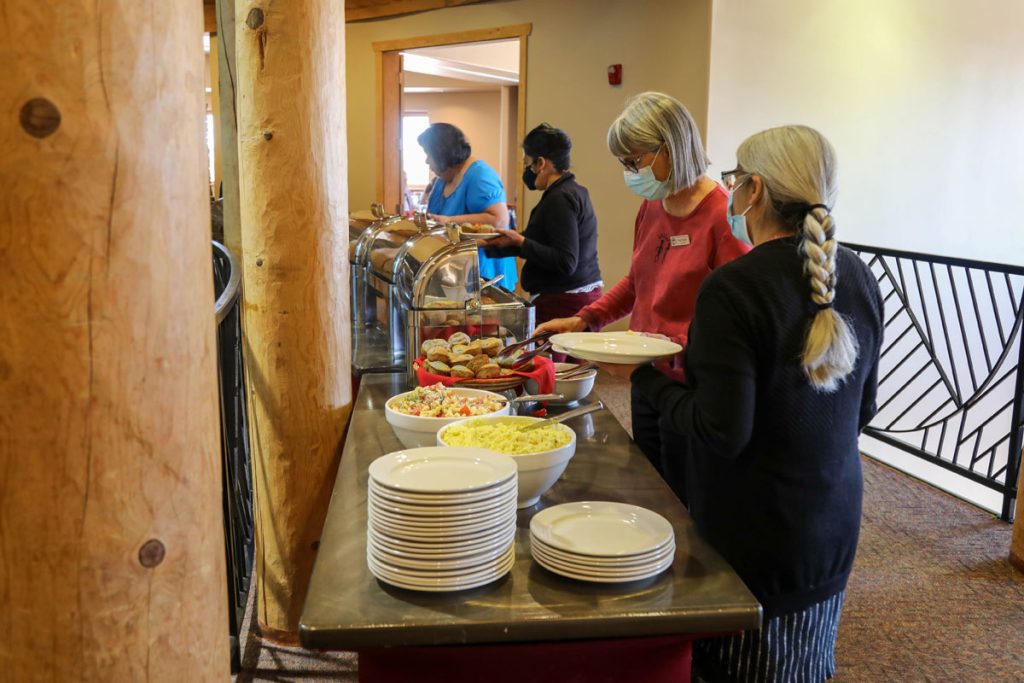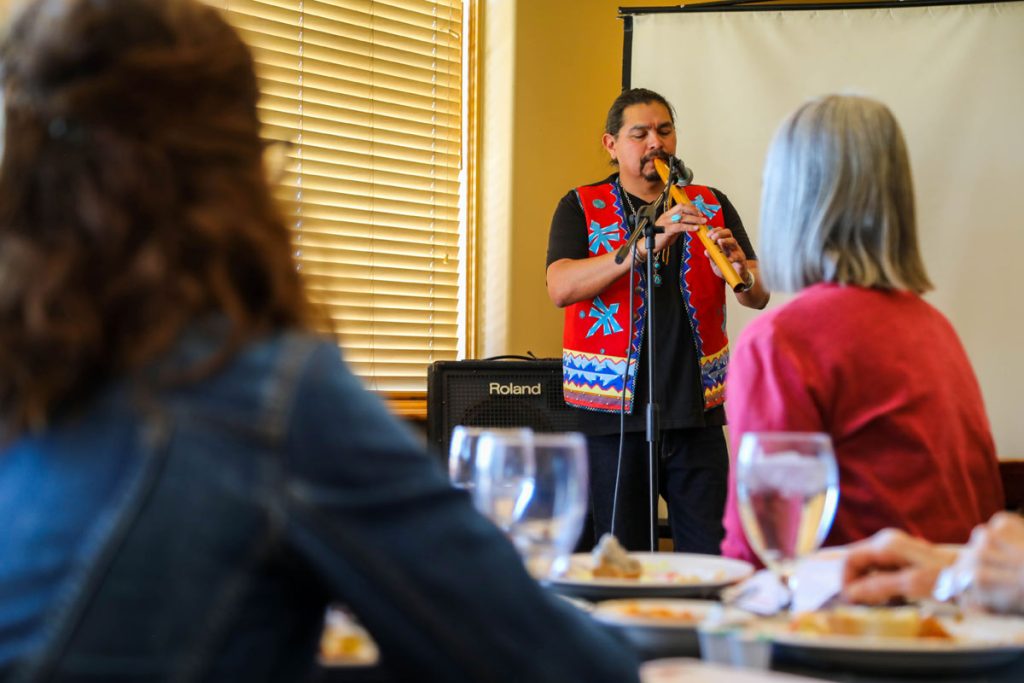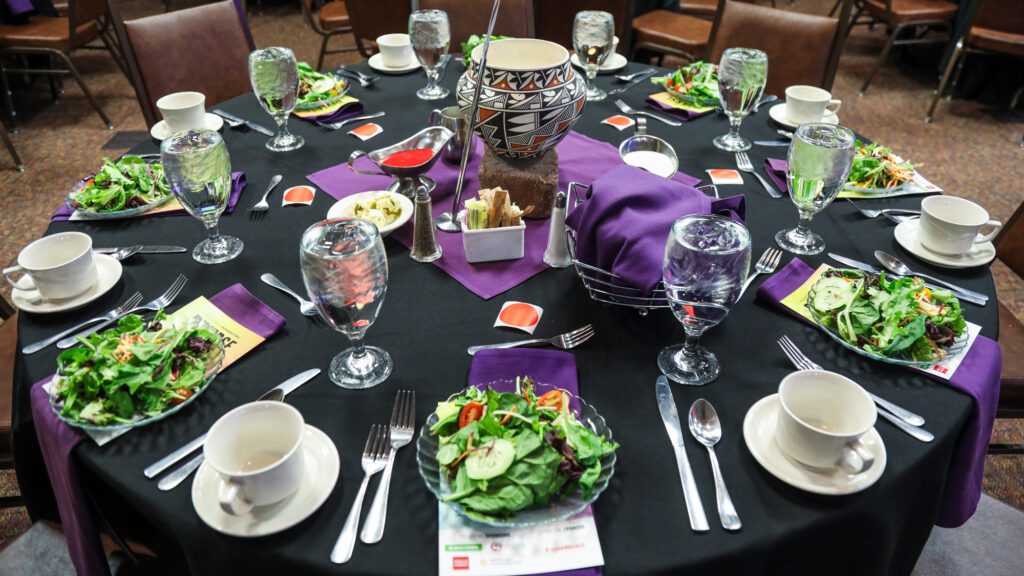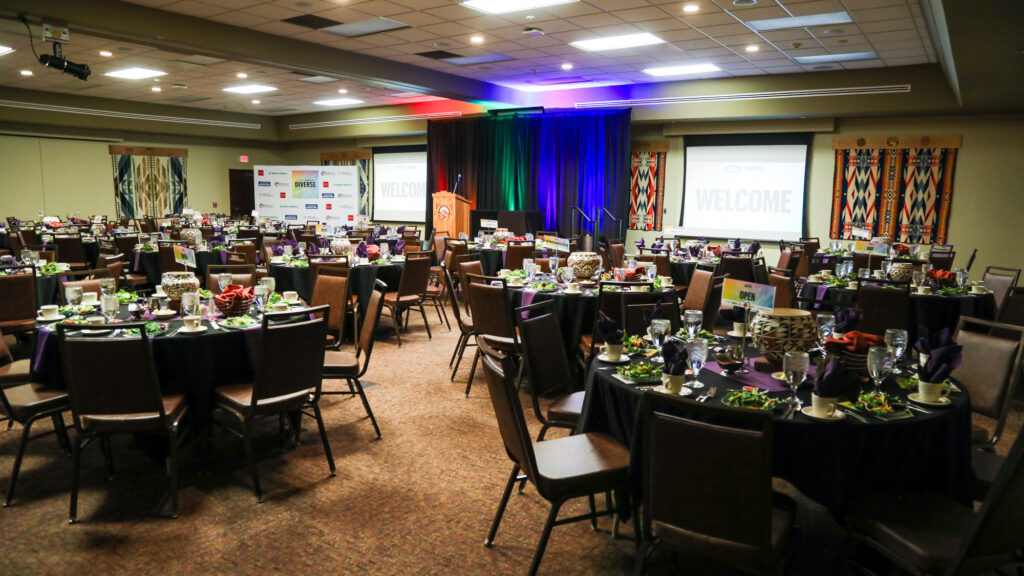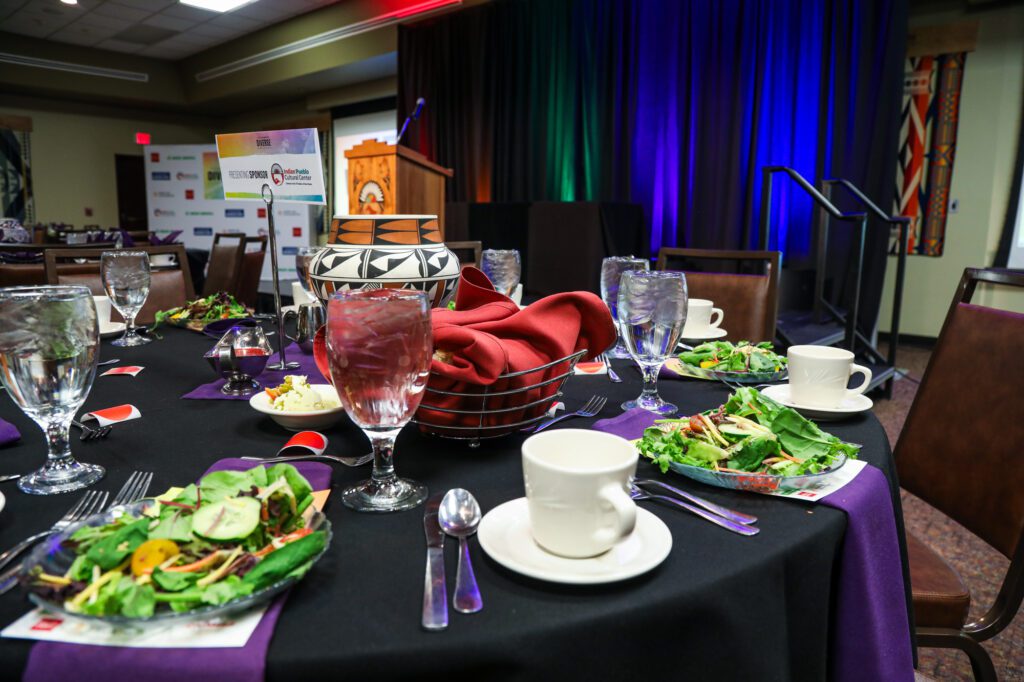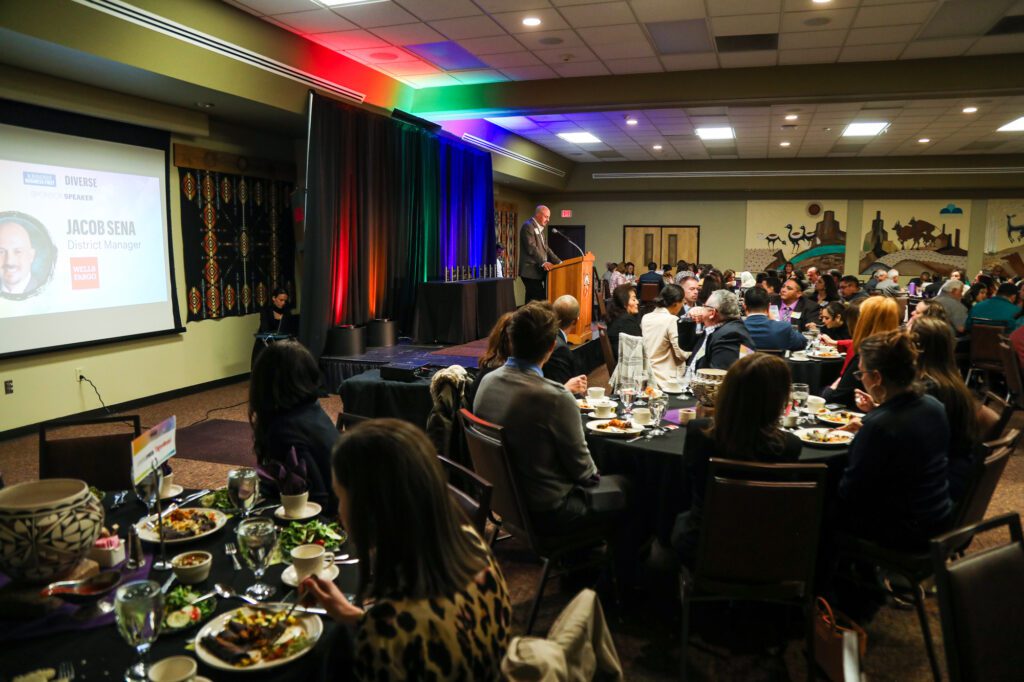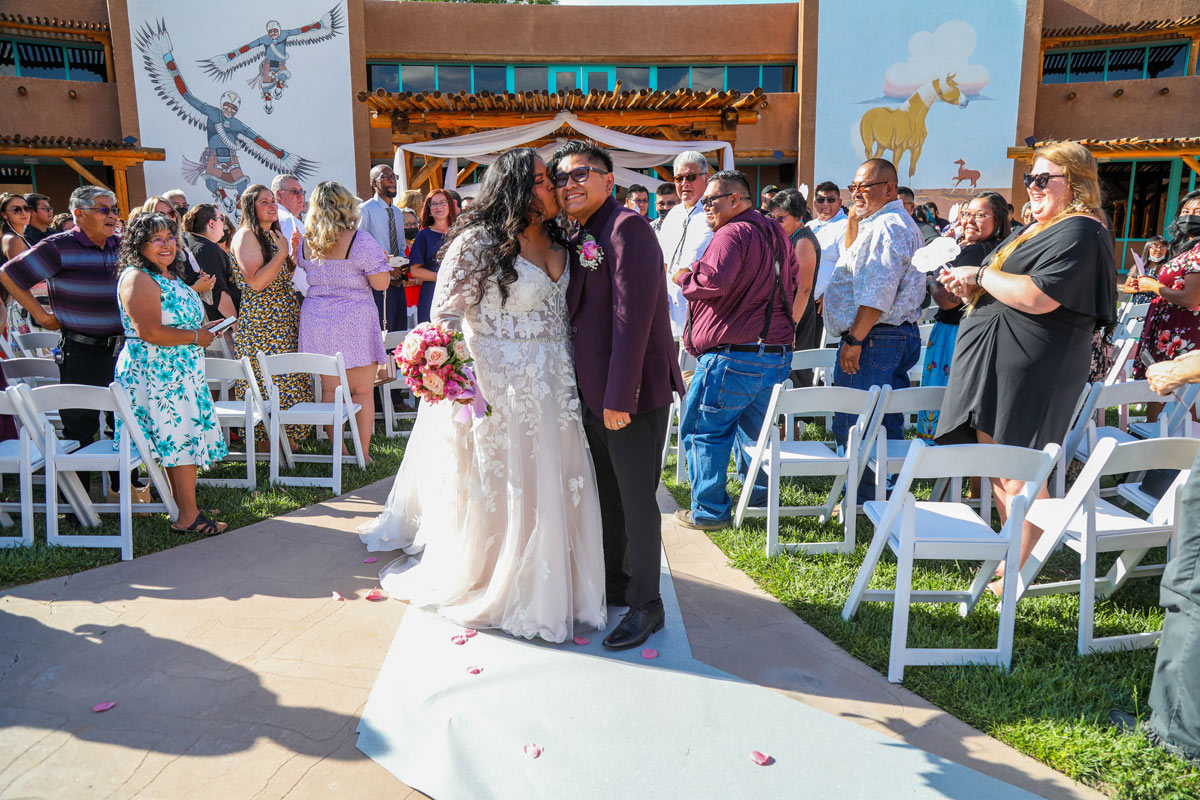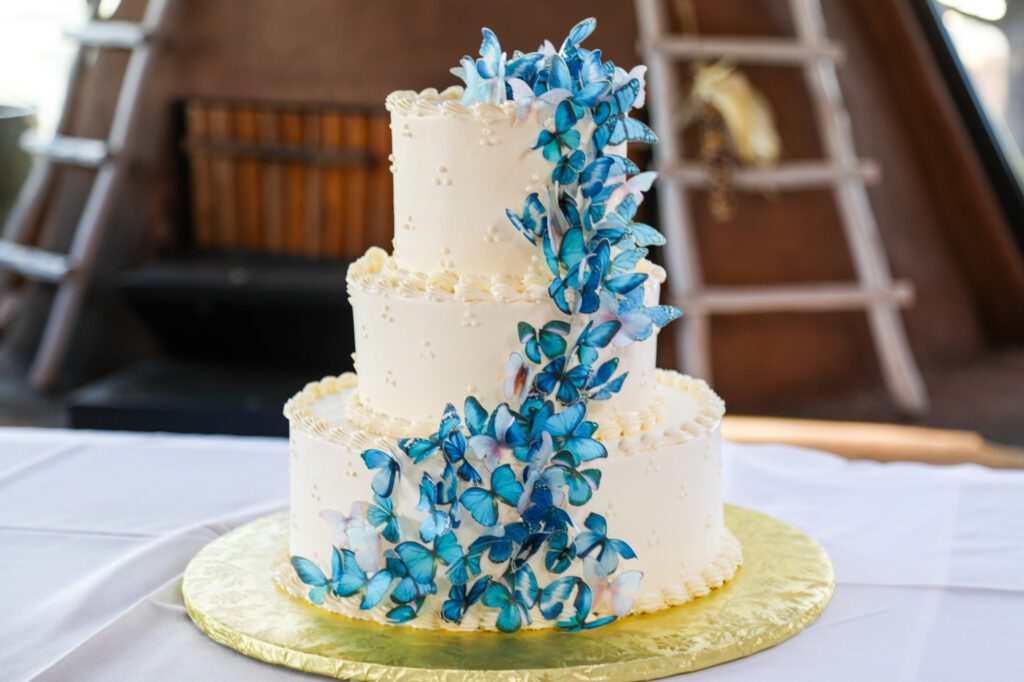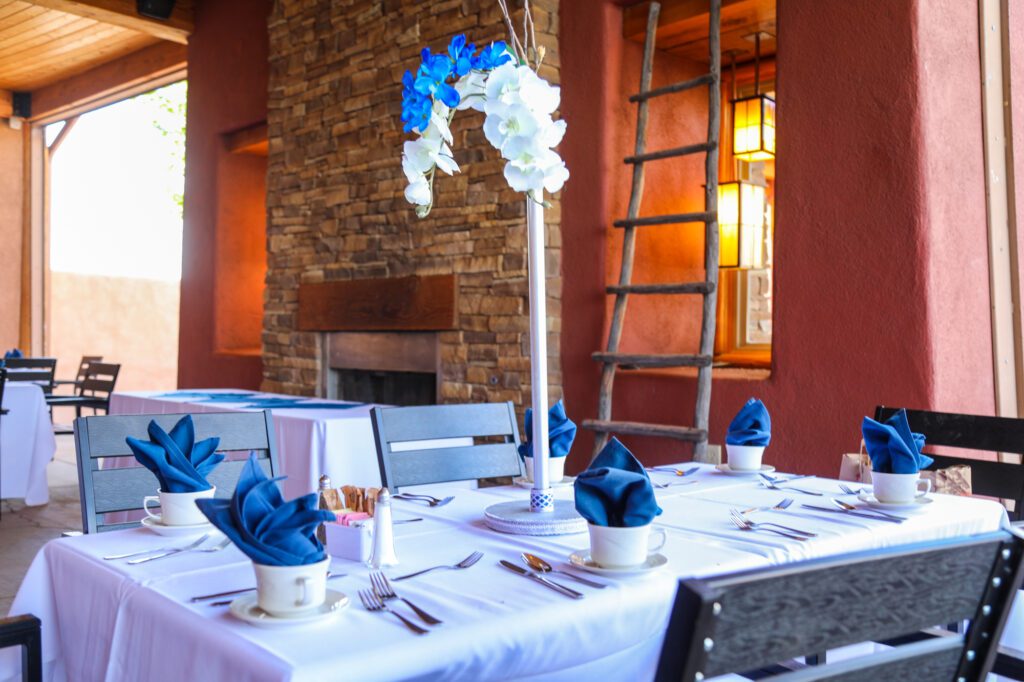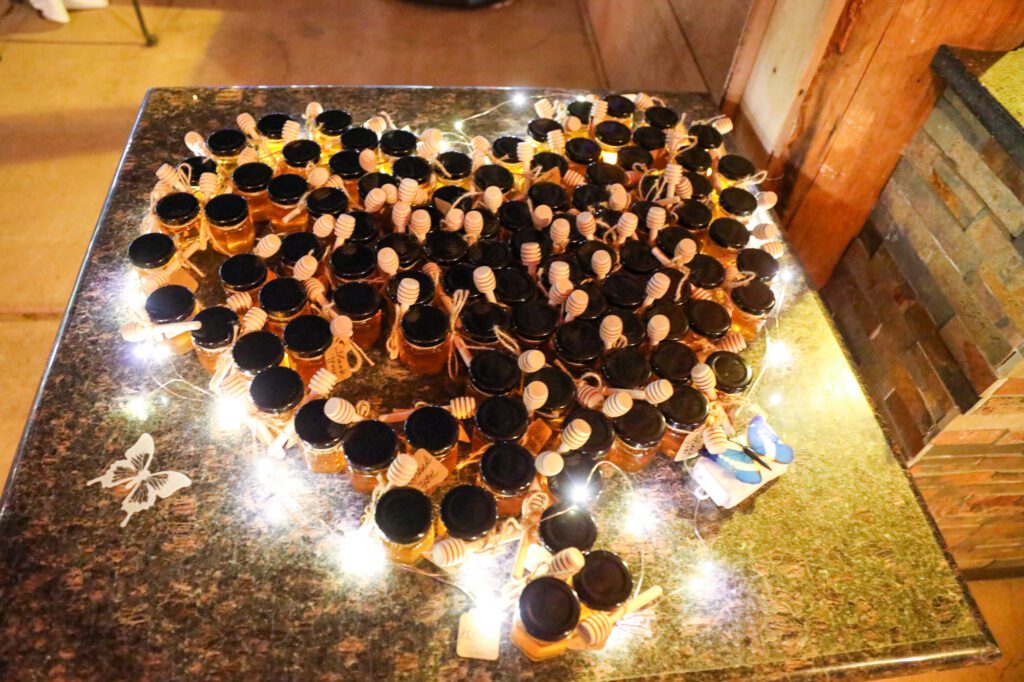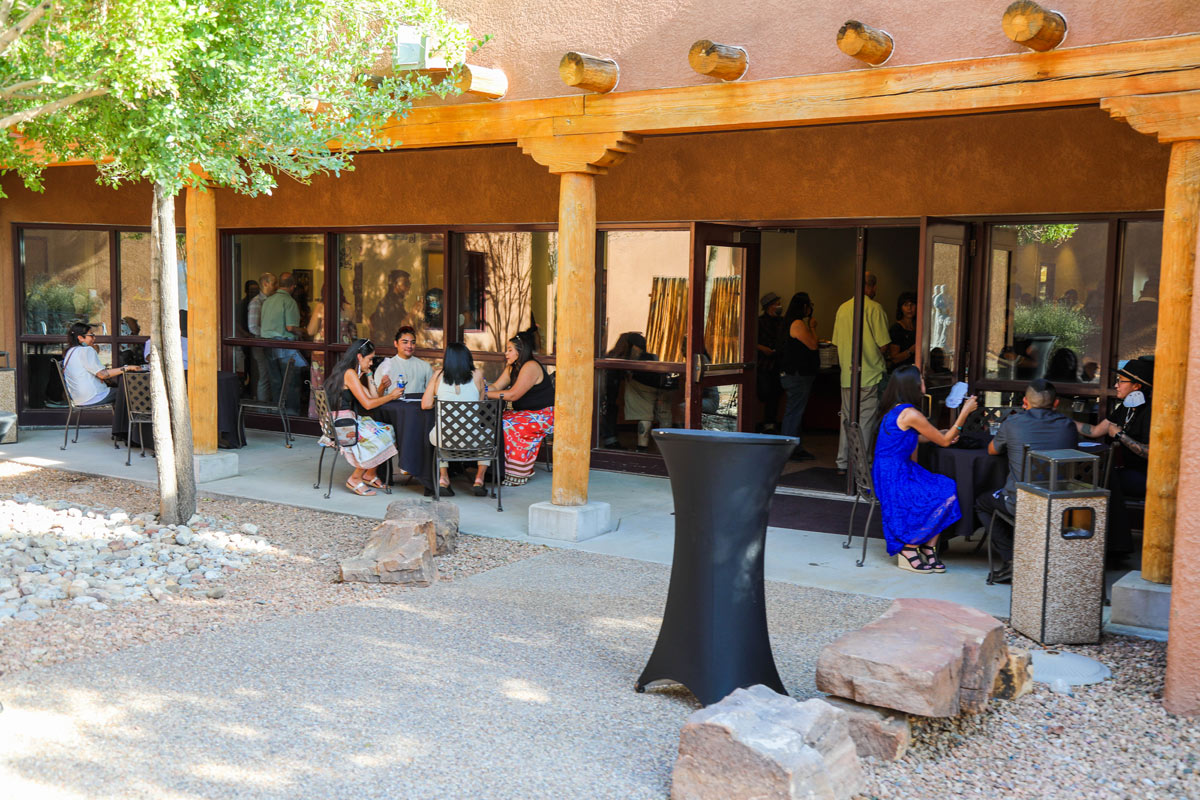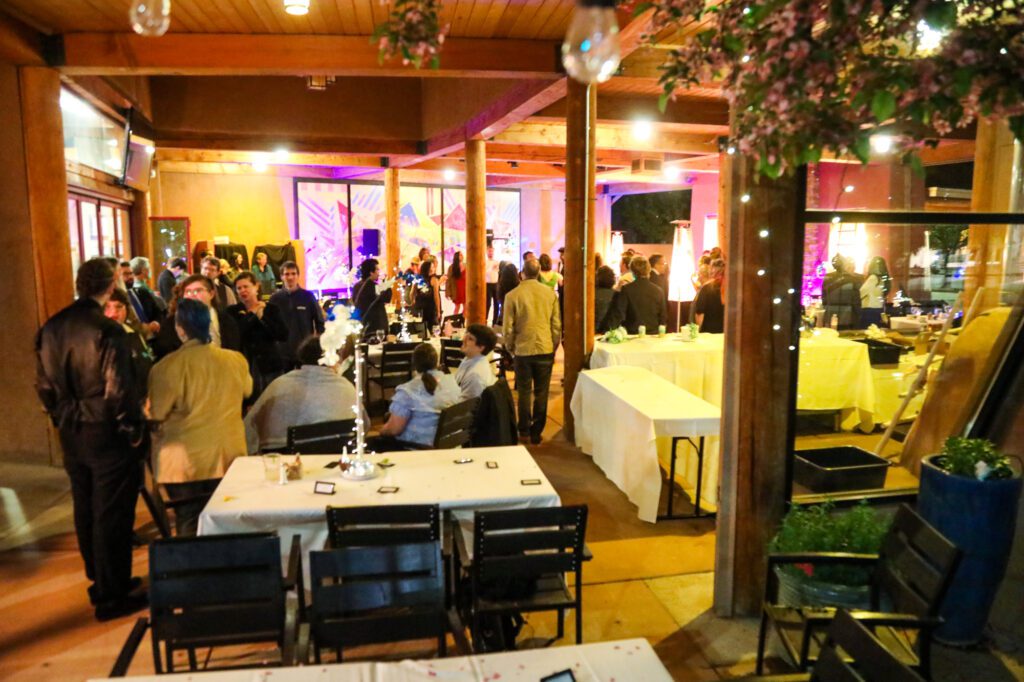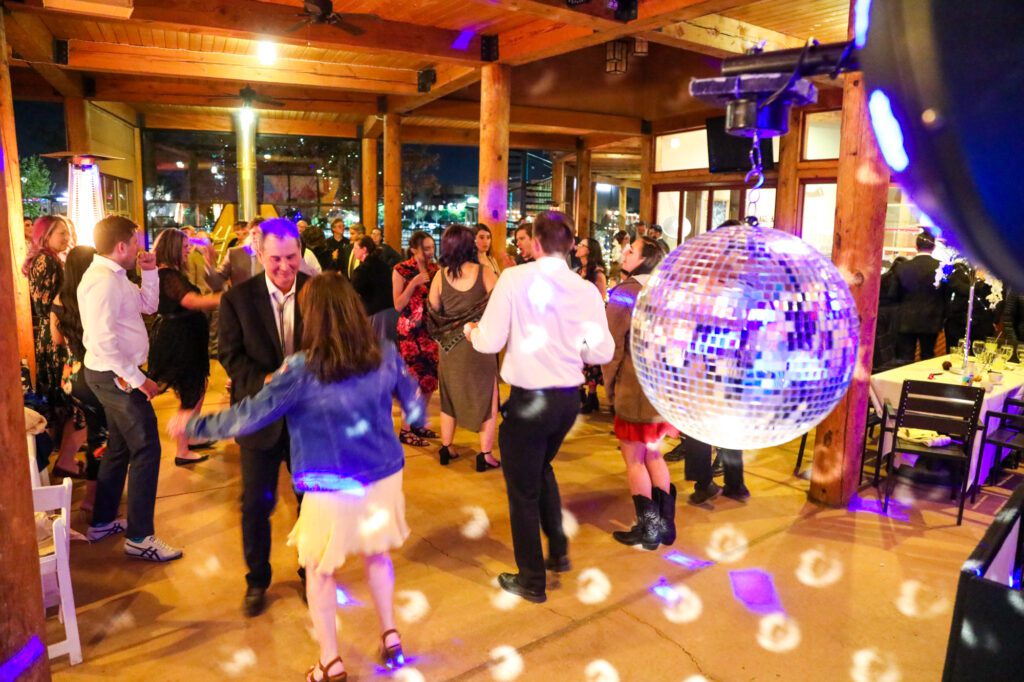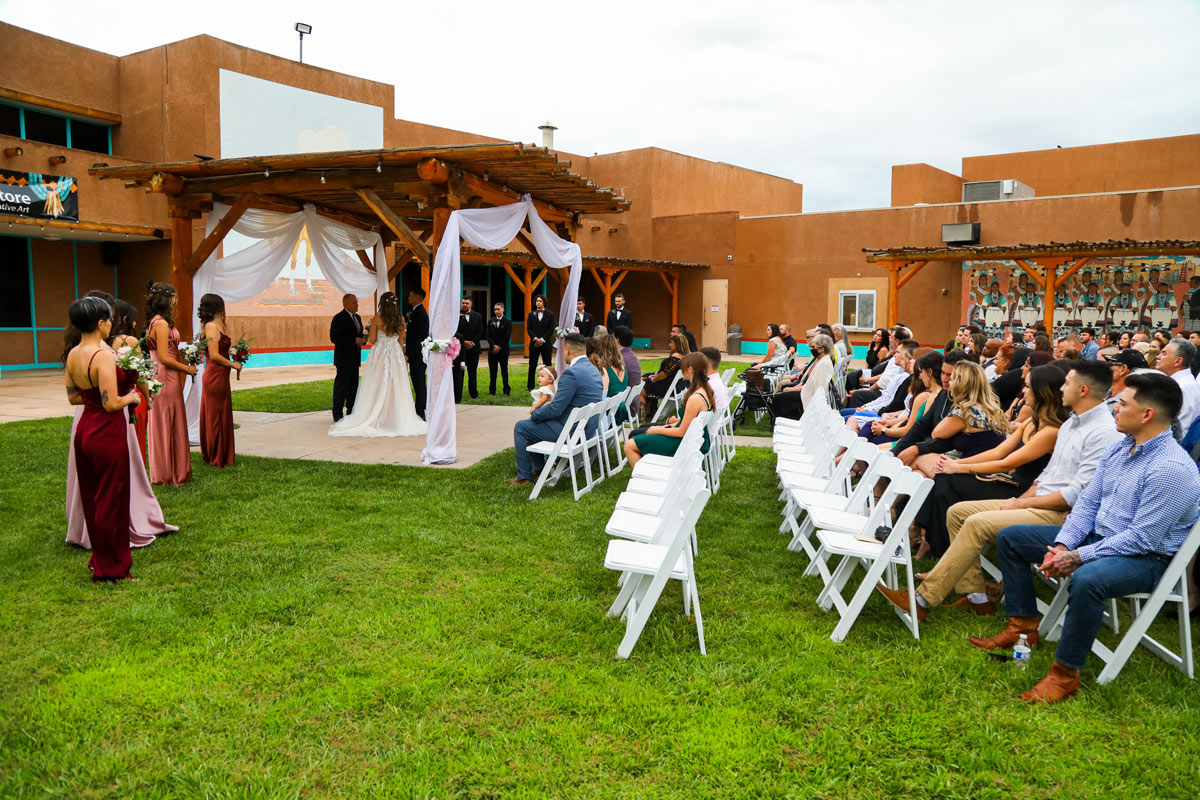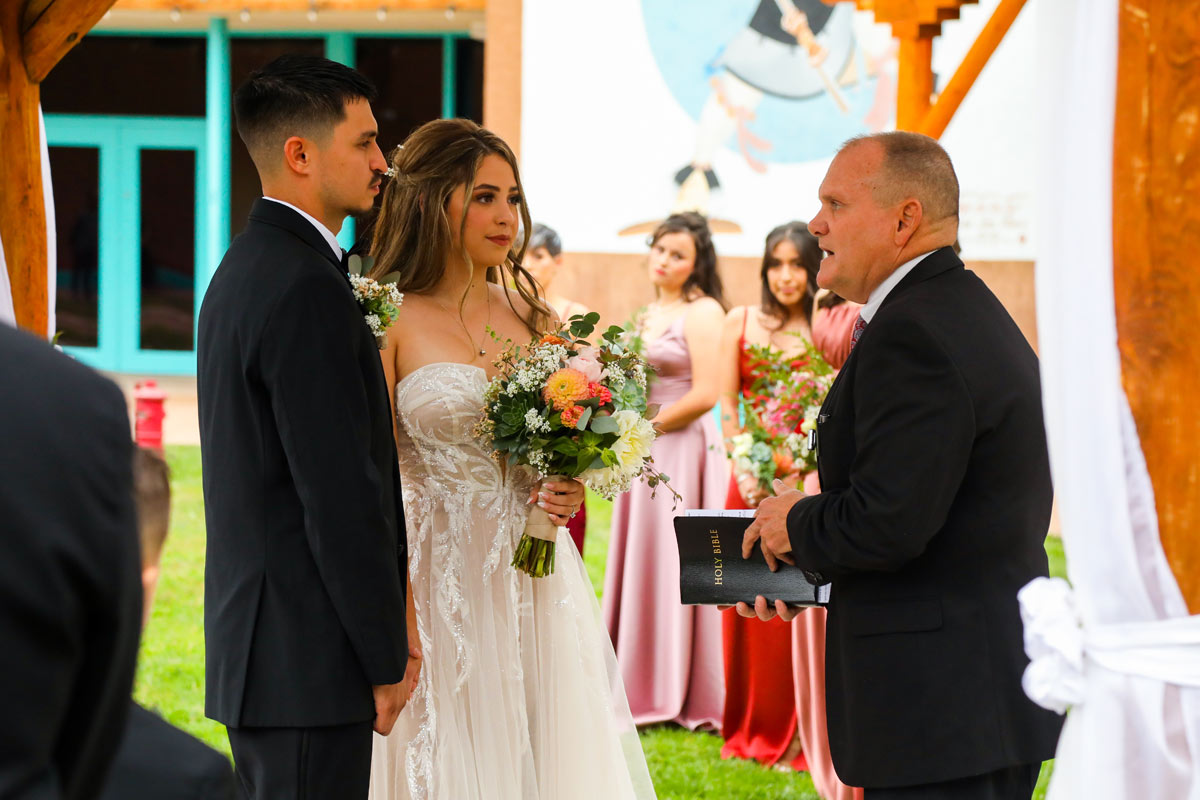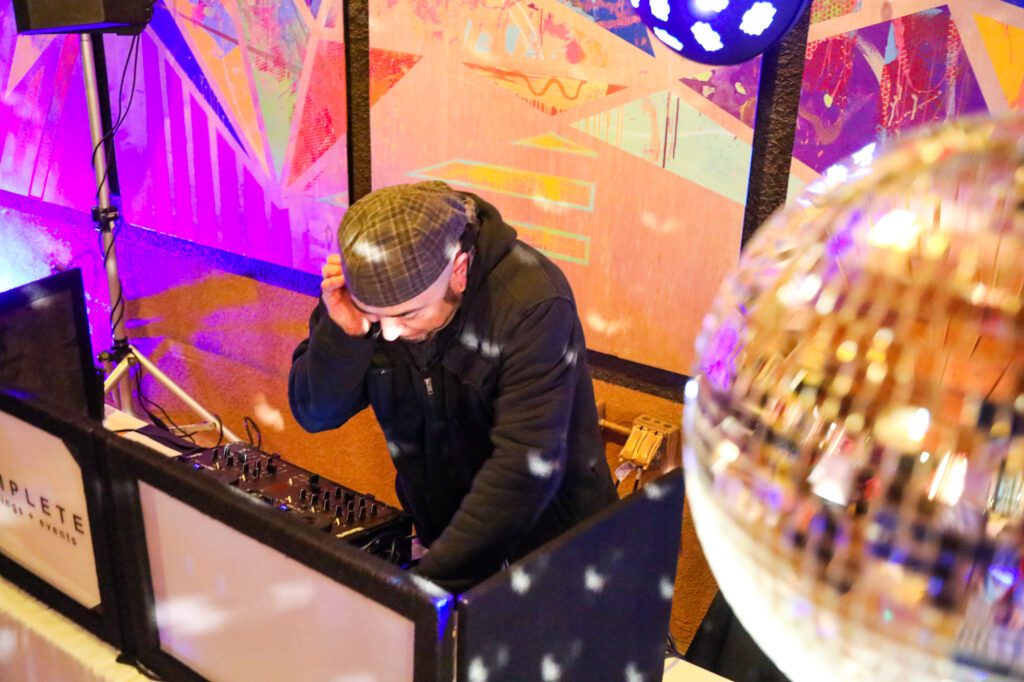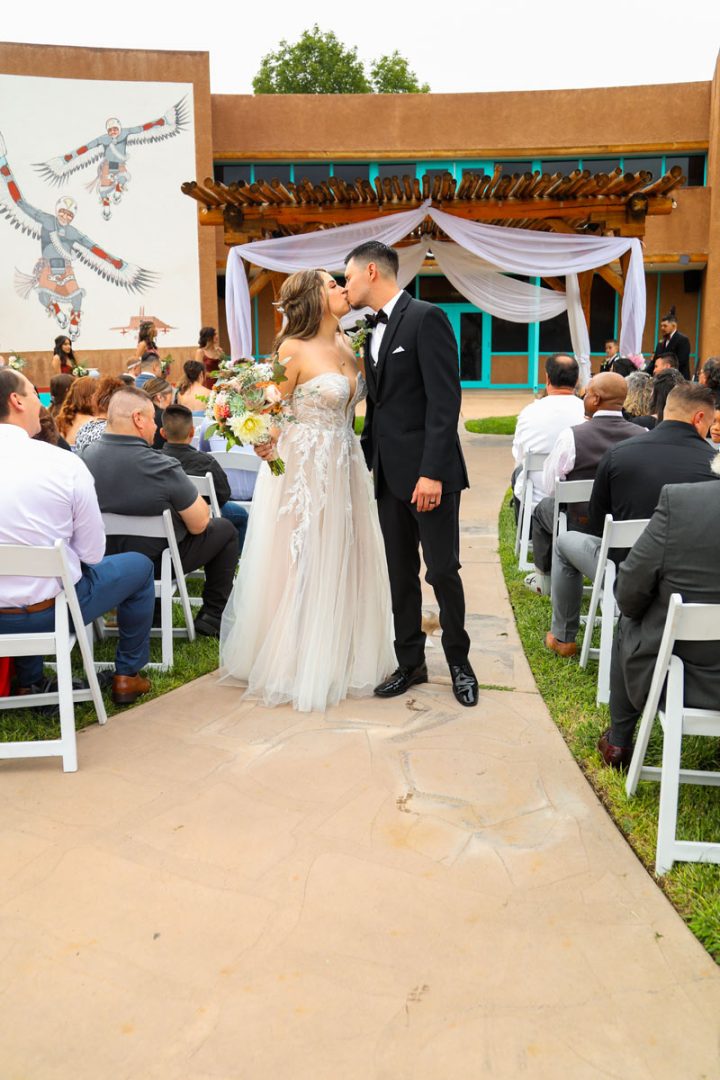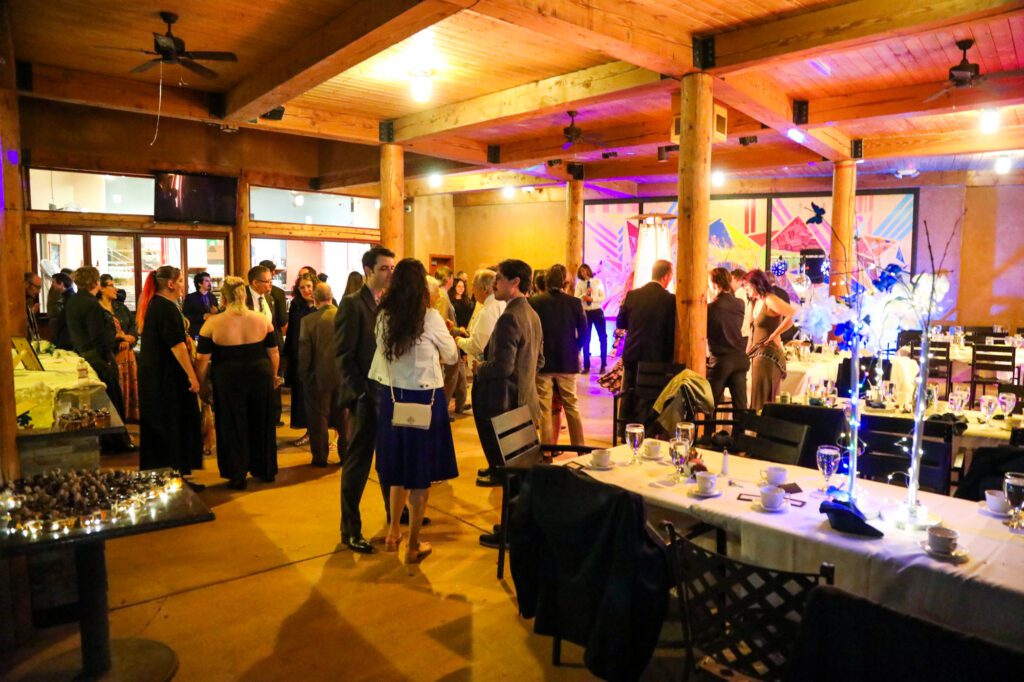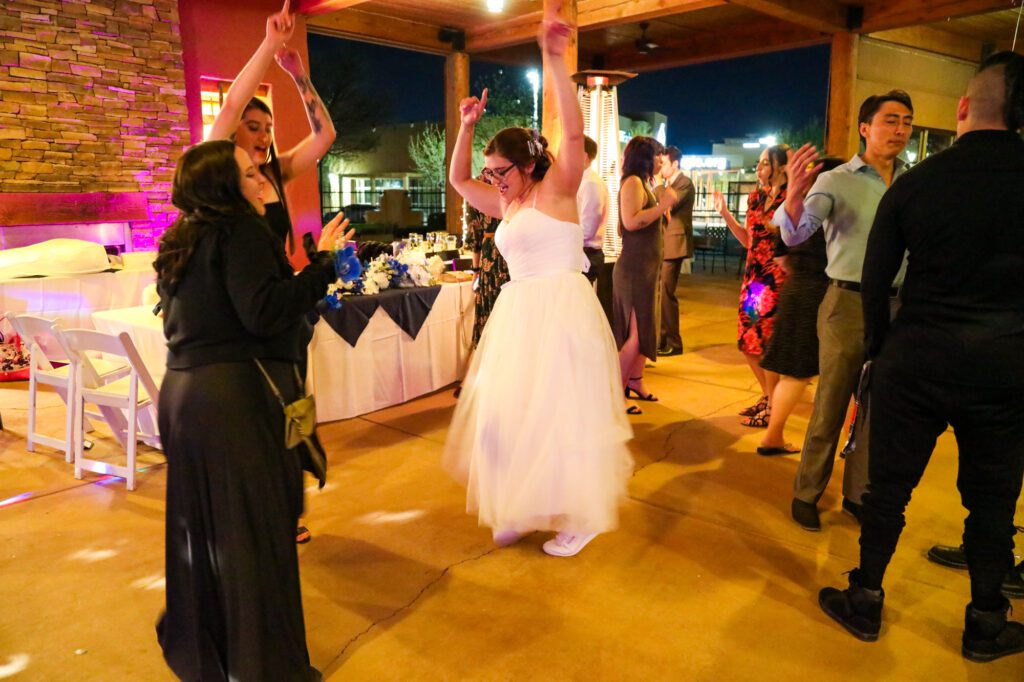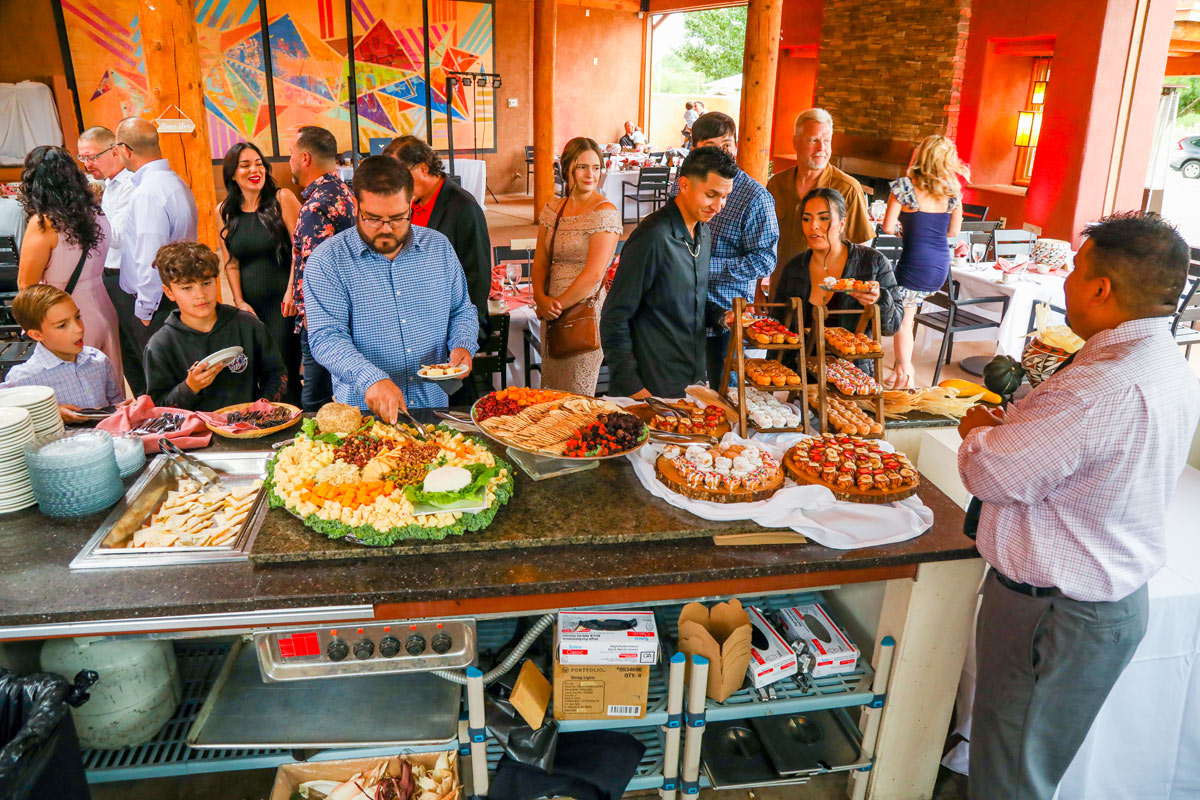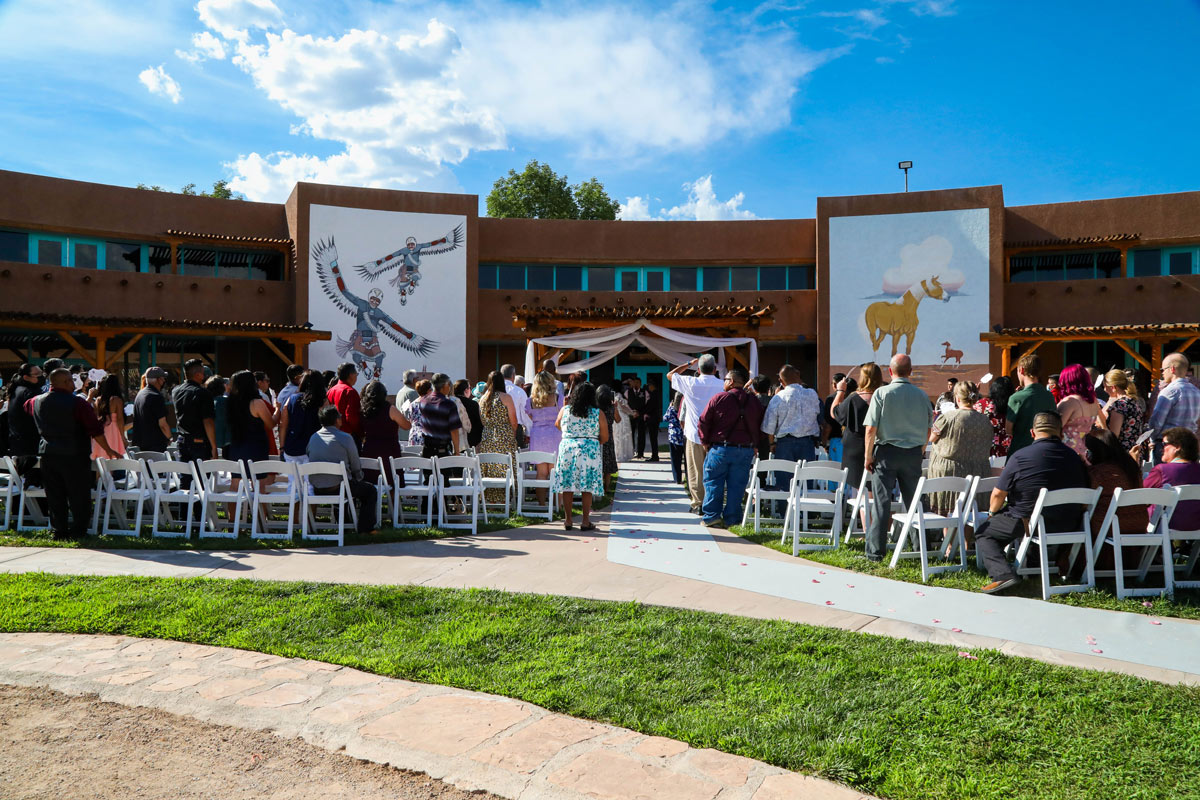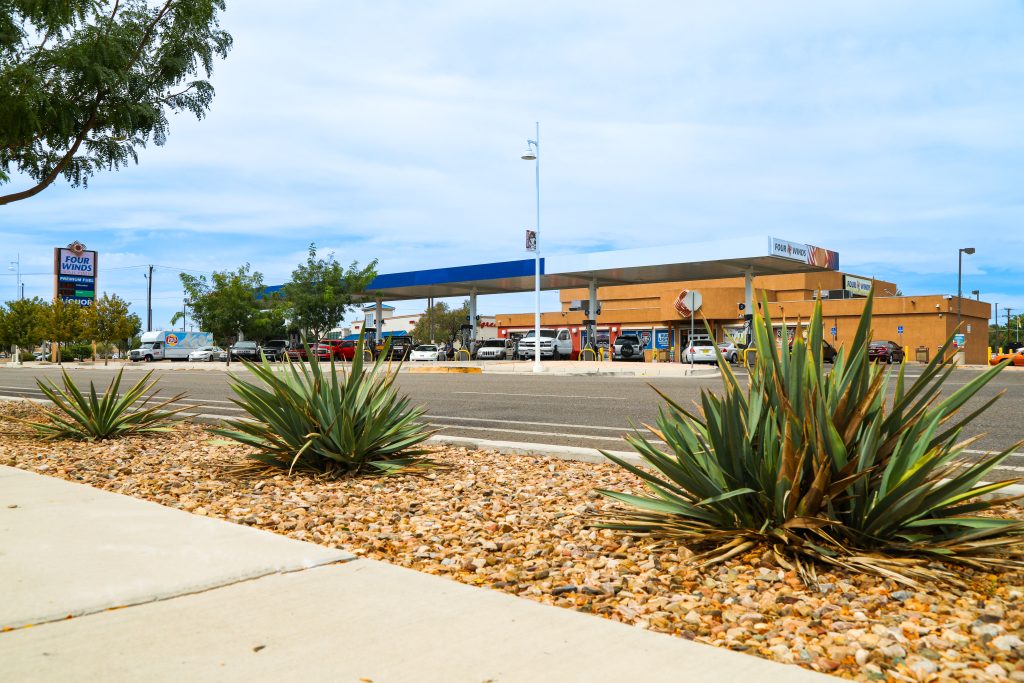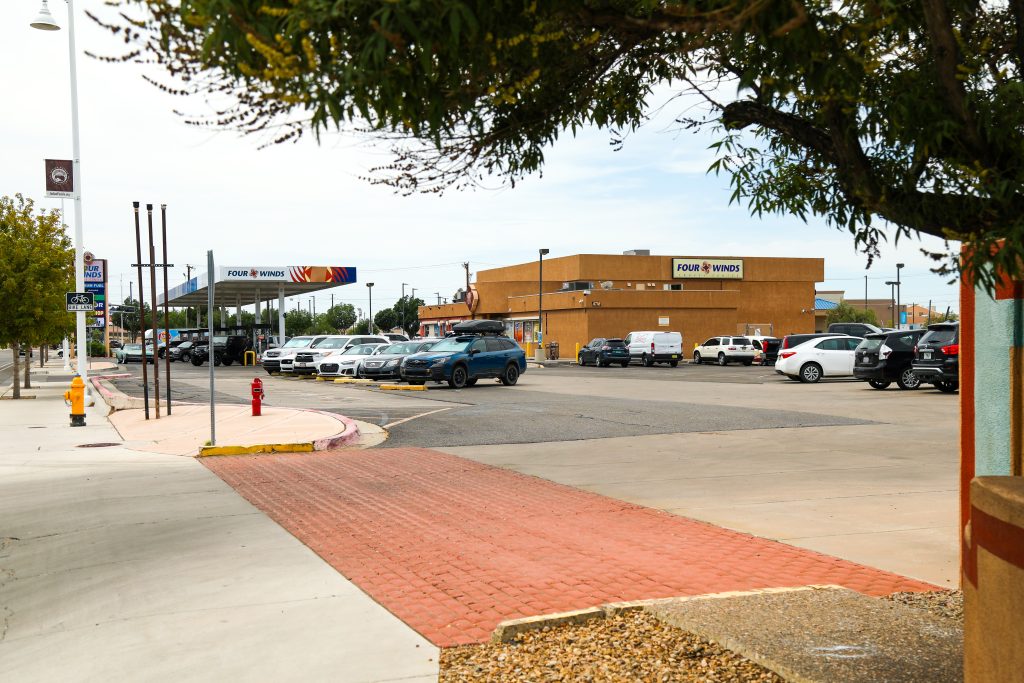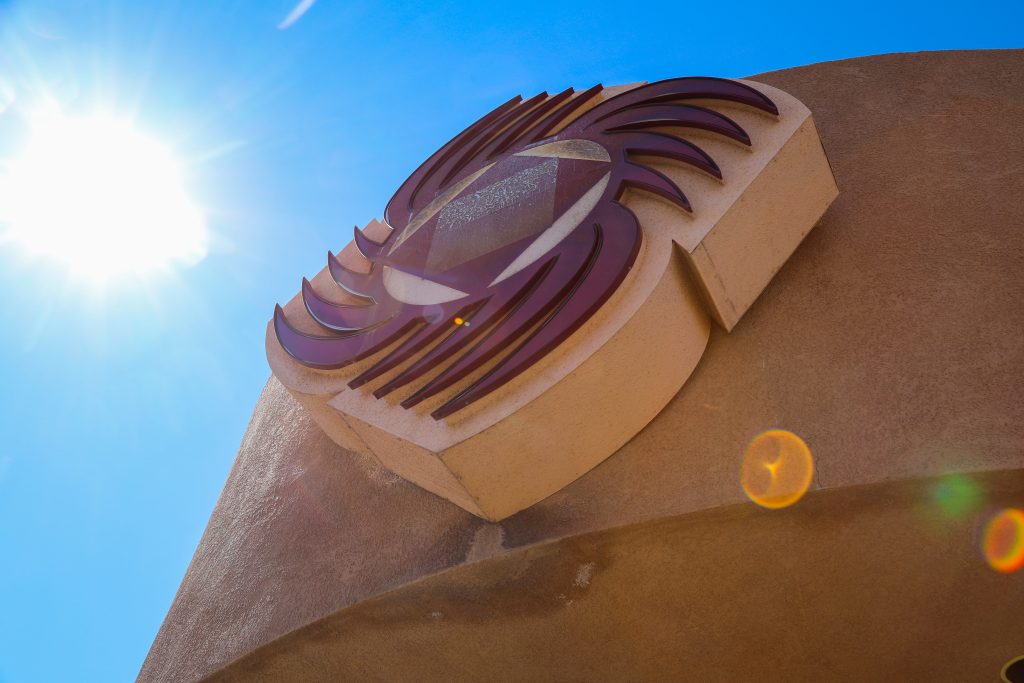Repatriation and Restitution – 30 Years of Federal Protection on Native American Graves and Sacred Materials in the United States
This November 16th marks 30 years since the enactment of the Native American Graves Protection and Repatriation Act. As we continue in celebration of Native American Heritage Month, we would like to acknowledge the long line of federal policies that have lead to this defining act that safeguards our ancestral lands, people, and materials that are so important to us. This written blog will explore this history and the continued work that all indigenous communities–including our Pueblos–participate in today. For a quick reference on the act, here is a link to the National Park Service (NPS) website: https://www.nps.gov/history/tribes/documents/nagpra.pdf
In November, we celebrate many things: the completion of another growing season, the harvest of our fields and gardens, gratitude to our ancestors and creators for our existence, and acknowledgement of our continued existence in an ever-changing world. We hold on to our traditions that teach us values of family and gratitude while showing us a purpose in our journey on this earth.
We recognize the cycles in all things that surround us. Seasonal cycles allow us to feed our physical bodies. Celestial cycles allow us to visualize time and align the feeding of our spiritual bodies. Our lives happen in cycles much like that of our fields. A seed is planted and born of the earth, just as we are planted and born of our mothers. The seeds flourish from sprouts into tall stalks or long vines, just as we grow from infancy to adulthood. The stalks and vines bear fruit and share their abundance, just as we bear children and become bearers of knowledge and wisdom. Once the harvest is complete, the stalks and vines then return to the earth for a season of rest, just as we do when our journey in this world is complete.
From the time our ancestors took their first breath of life, we have existed in these cycles for generations on this land. Our ancestors’ bodies and memories are placed back into the earth as they enter their final season of rest—returning to our home, our center place where life began.
Over the generations, our people have faced many disruptions from different government systems laying claim to our ancestral lands and people to ever-changing technologies and pathways. As outsiders entered our ancestral lands, a curiosity arose within these newcomers. They entered our communities trying to understand or even change our ways of existence. Eventually, scholars and collectors saw our culture as something to gather and save. Archaeologist and looters dug up the earth and explored our sacred spaces. Over time, hundreds of our ancestors remains and sacred possessions were removed from their places of rest and taken across the world to laboratories, private collections, and museums.
This massive ancestral eviction happened in an age of western expansion and science. Our materials and people were viewed as curiosities to be collected and saved from extinction. Yet despite many atrocities and attempts to remove us and our identities, we continue today with the strength of our ancestors behind us.
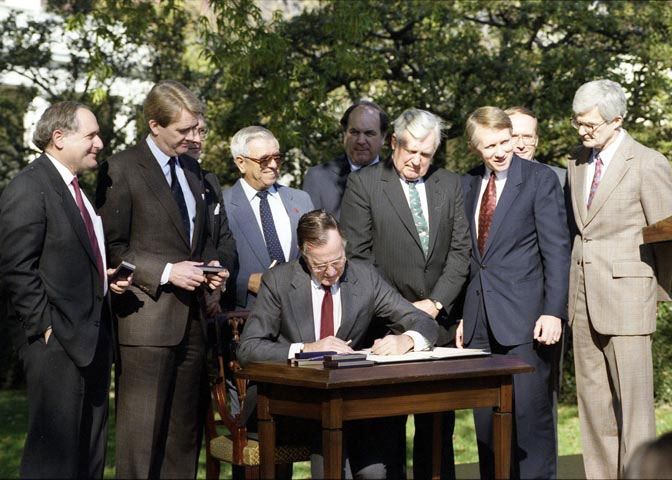
As the American government grew, our people banded together to make a mark on policies, to maintain our sovereignty and identity. This opened the door for the Indian Self-Determination Era which brought us federal acknowledgements and protections of our lands, people, and material. By the 1980’s, there were protections on our lands and ways of life, but we were now looking at a long history of exploitation in the name of research and collection.
In 1987, the Select Committee on Indian Affairs were faced with concerns from tribal leaders about the repatriation of cultural materials. This led to more conversations among museum professionals, scholars, and tribal members. By 1989, the Herd Museum in Phoenix, Arizona established the Panel for a National Dialogue on Museum/Native American Relations to foster these cross disciplinary conversations. Working together, this panel reported a need for federal legislation to push forward the need and importance of cultural repatriation. Many conversations later, the Native American Graves Protection and Repatriation Act, also known as NAGPRA, was introduced to Congress in 1990.
After passing in both houses, the Native American Graves Protection and Repatriation Act was signed into law by President George H.W. Bush on November 16th, 1990. This law was enacted to “provide for the protection of Native American graves and the repatriation of Native American remains and cultural patrimony.” Human remains, burial goods, and sacred materials are now protected under the laws of the United States of America and are now coming home.
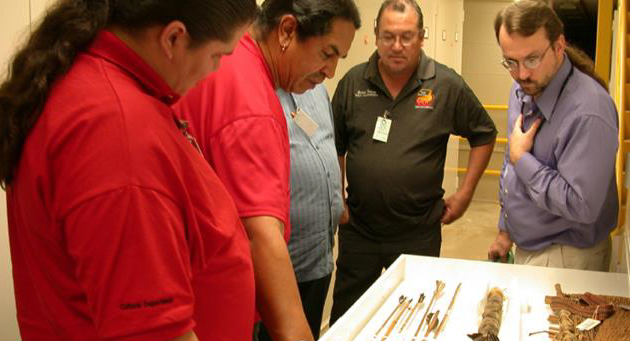
Since 1990, museums across the nation have opened their doors to new dialogues and understandings in order to build bridges with communities that have been historically ransacked of their own history. While the law goes through changes and adaptations as we navigate the world of restitution, we as a people are grateful to see our ancestors and many items of cultural significance returned to their place of origins to complete their life cycle that has been interrupted for sometimes hundreds of years.
As we celebrate the 30 years since this act was signed into law, we recognize the great collaborations by many people across the nation to make this difficult task a reality; to provide honor and respect to our ancestors and to return them and more to their places of origin. We also would like to acknowledge the continued work to expand the reach of this repatriation process to our precious objects that have been spread across the globe to lands where our protections and claims are not yet recognized.
We are a strong people who still exist. We continue forward as we lay claim to our history and identities. We are working toward a future of continued restitution and self-determination.
–Rachel Moore
Curator of Exhibitions
Indian Pueblo Cultural Center


